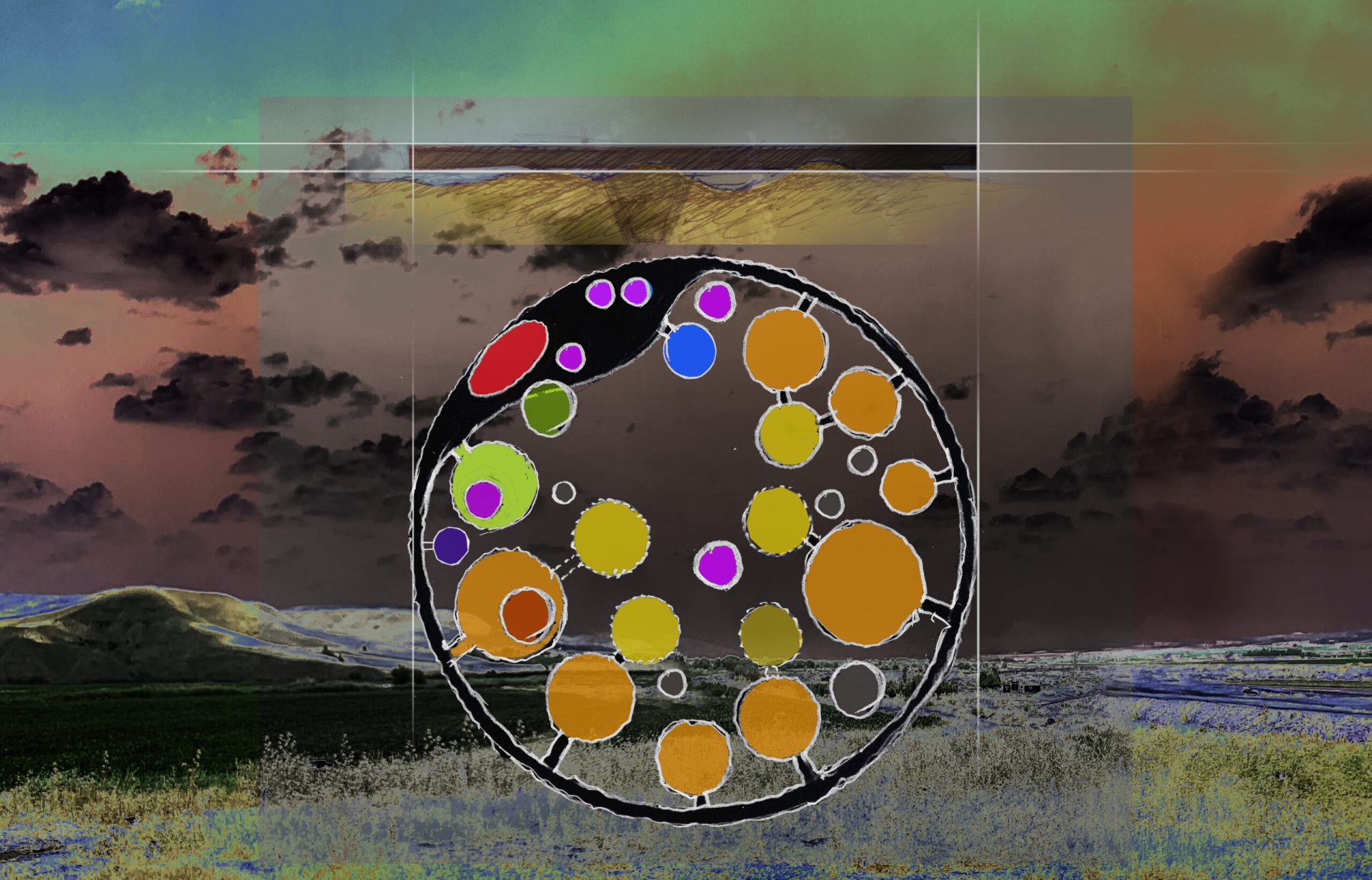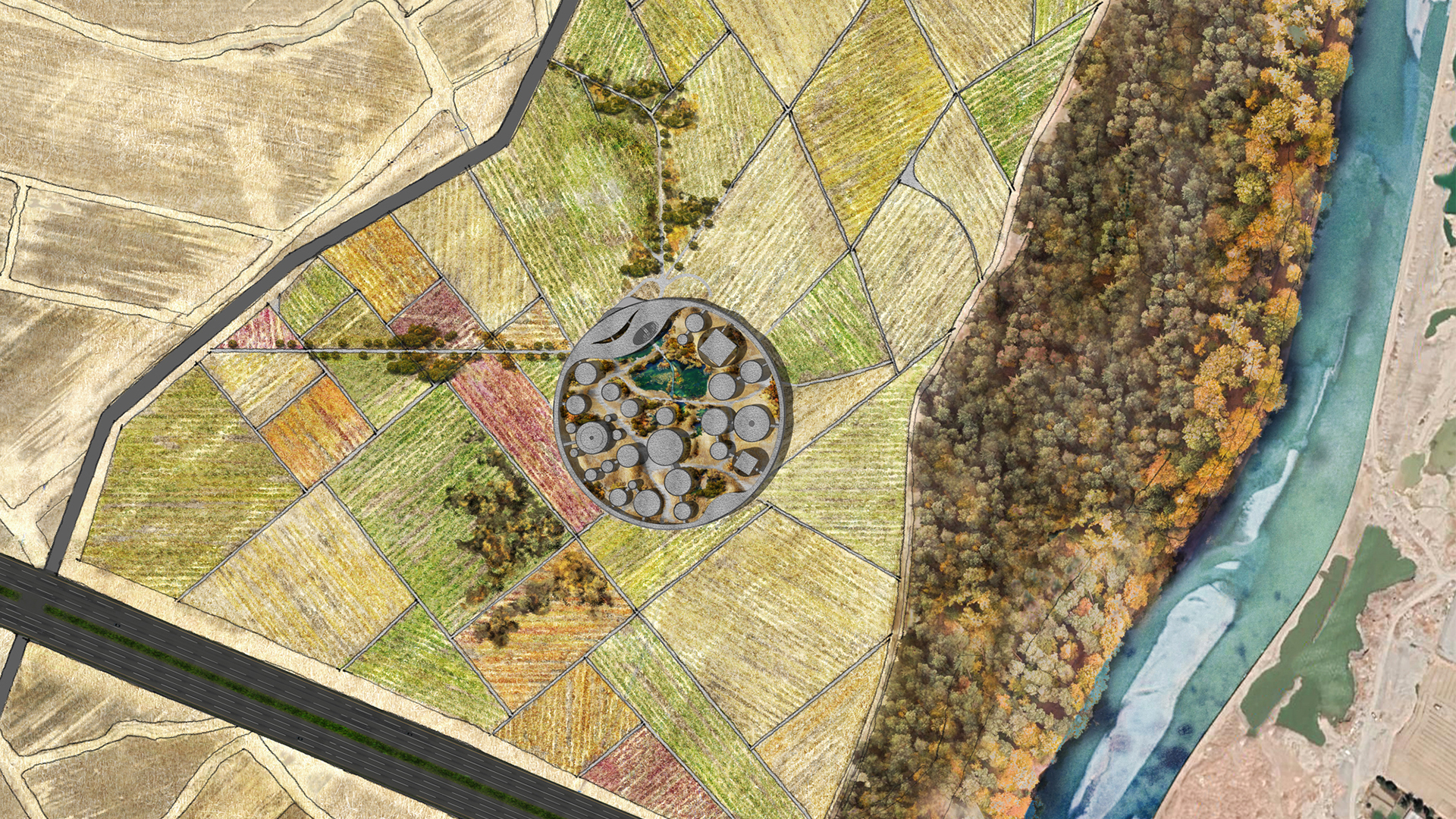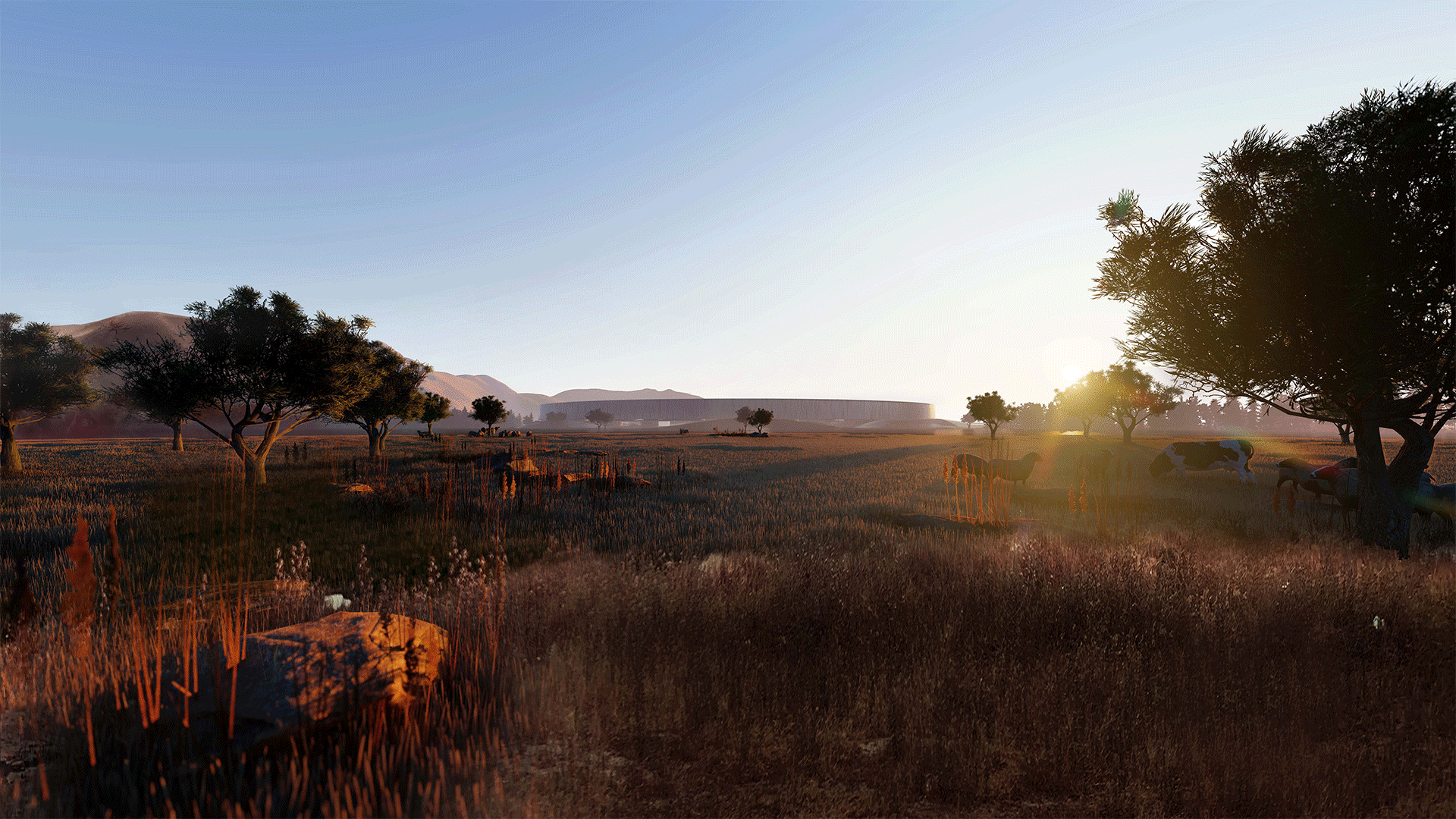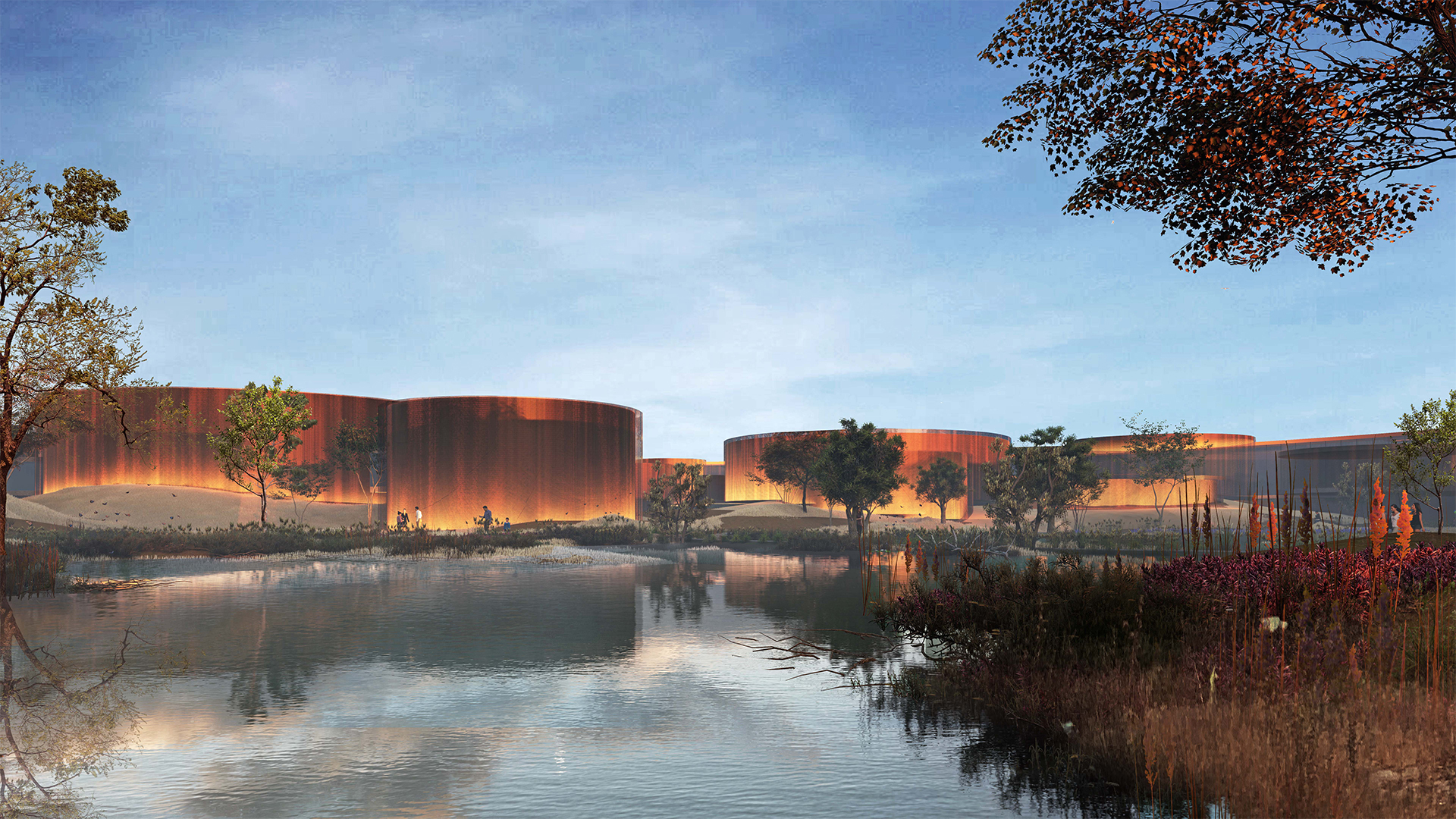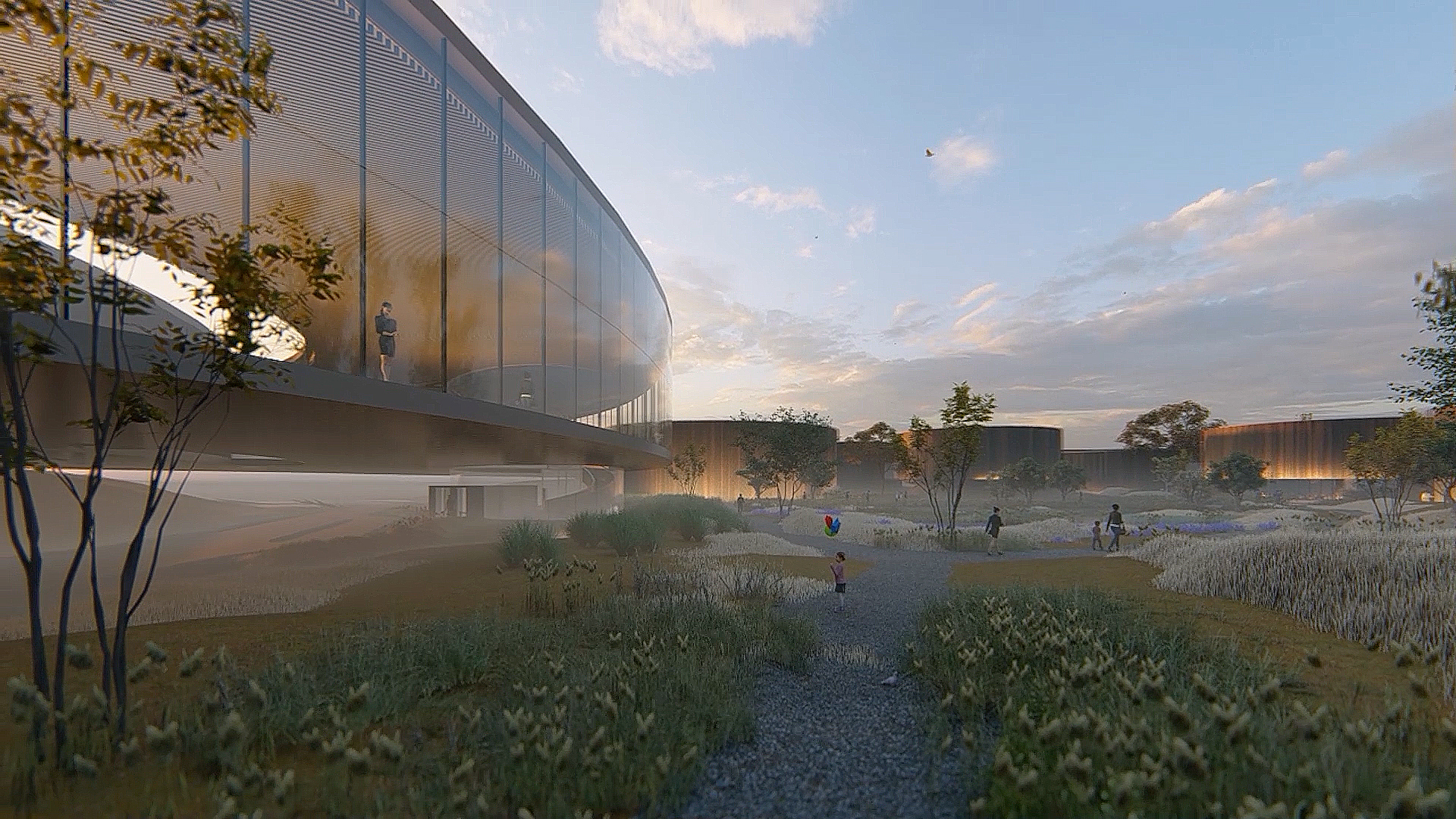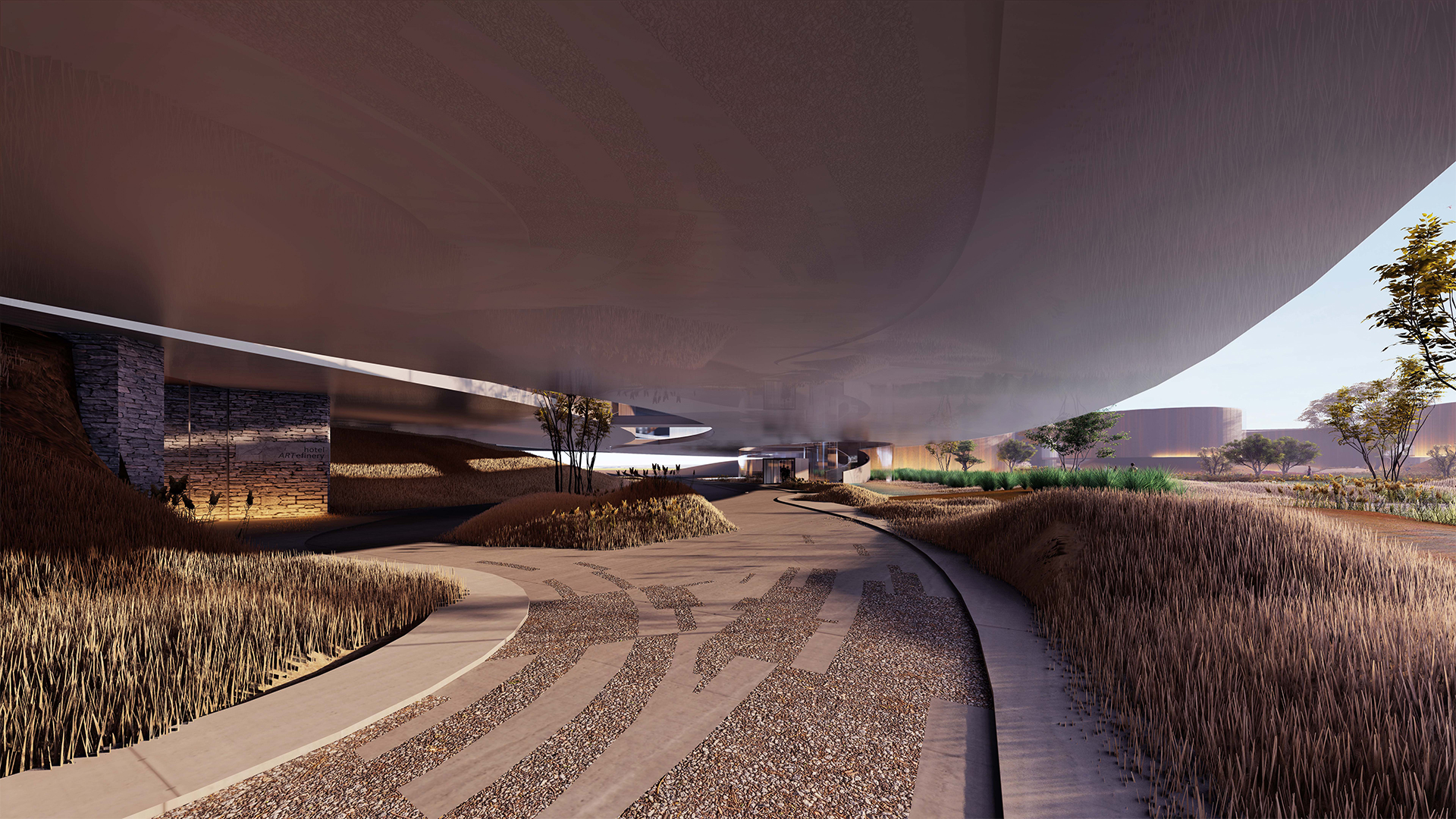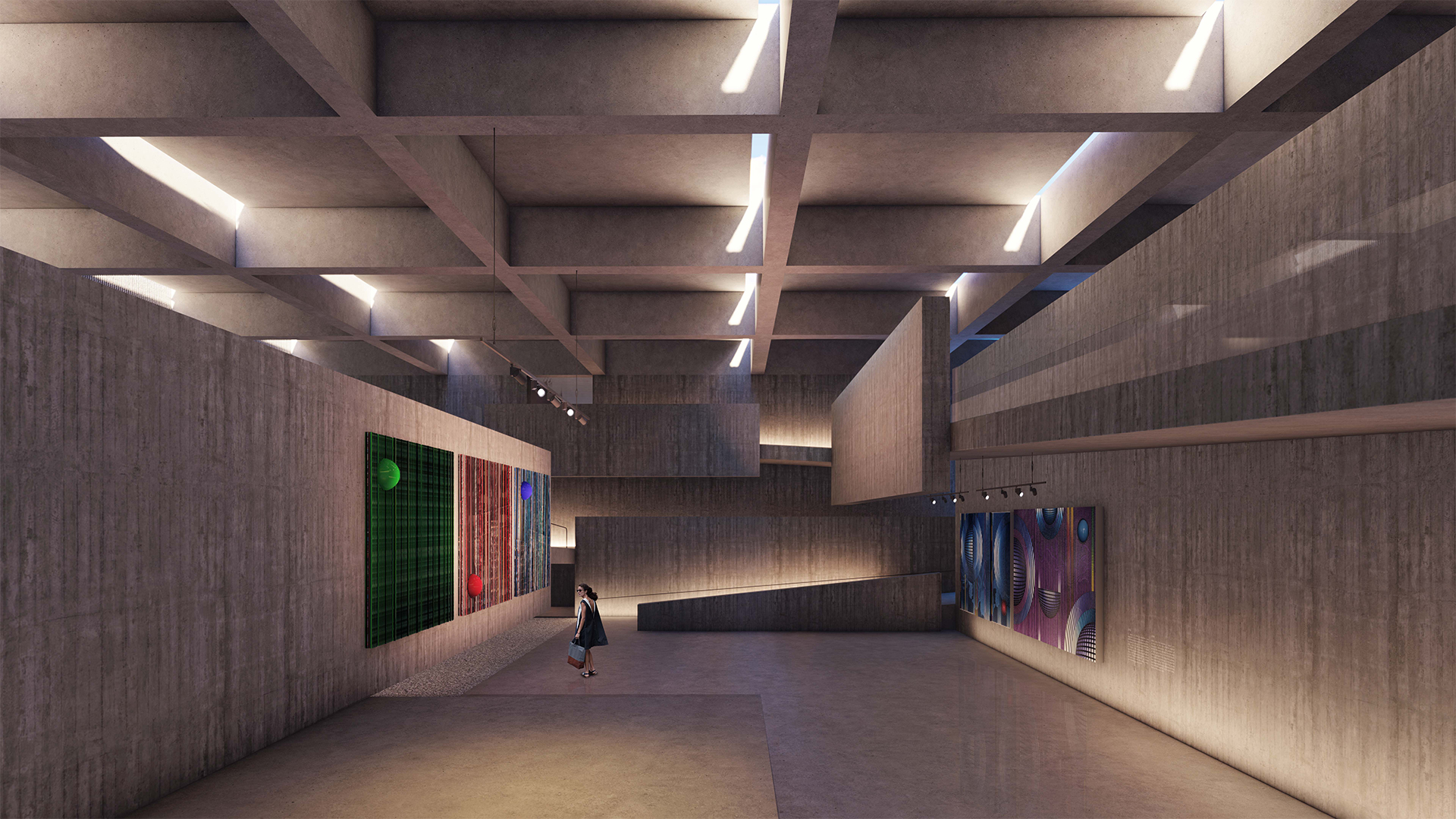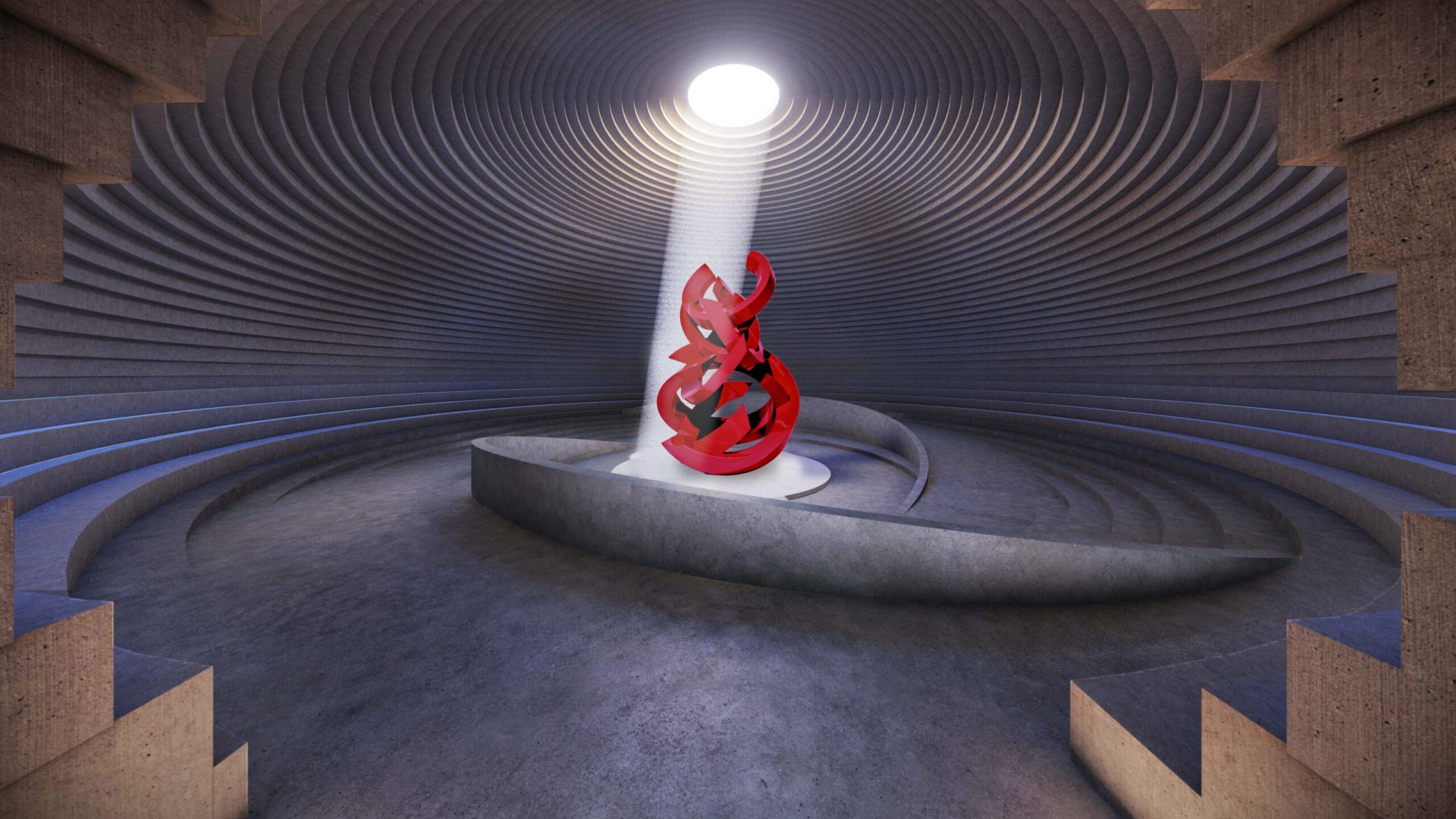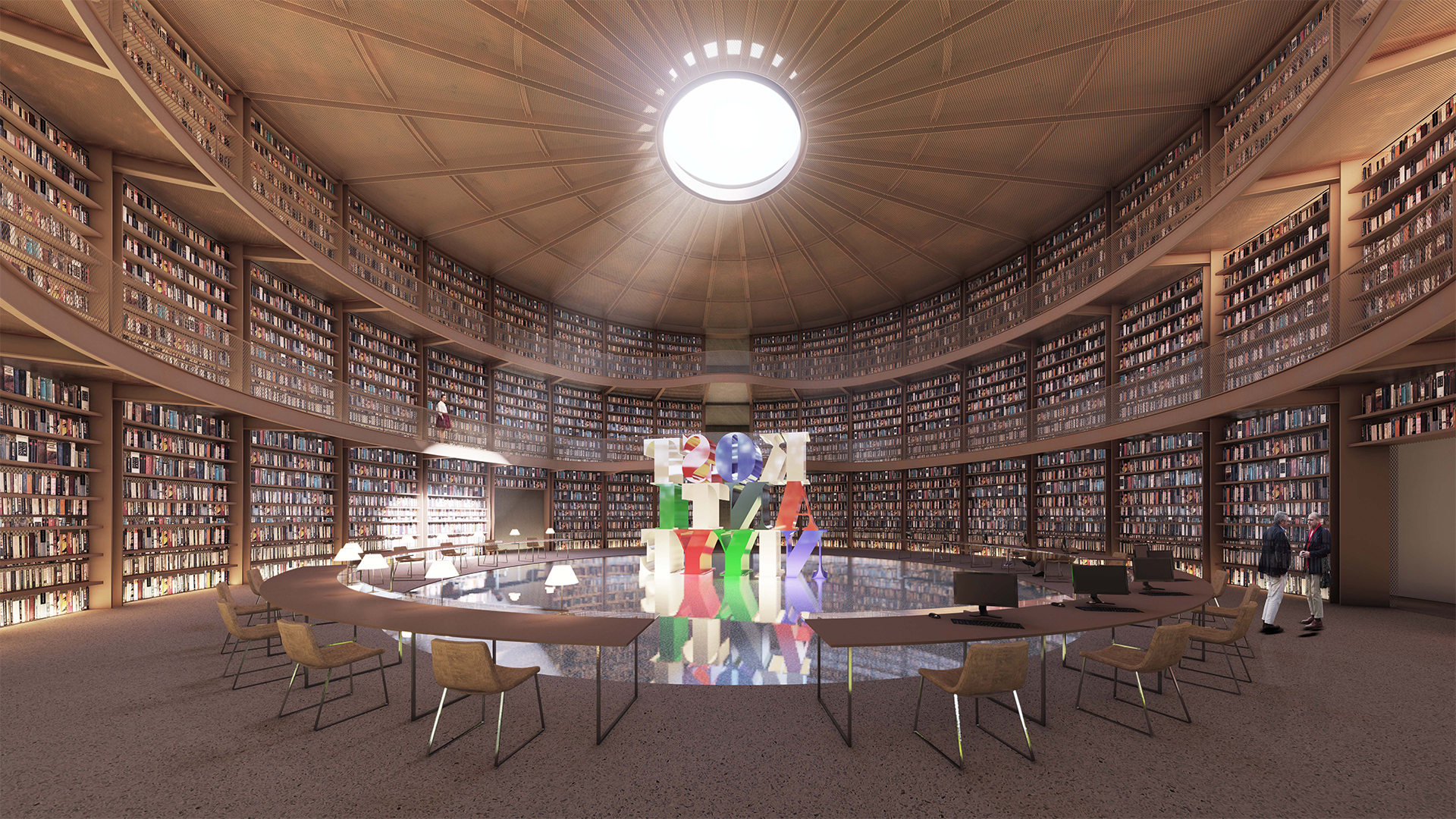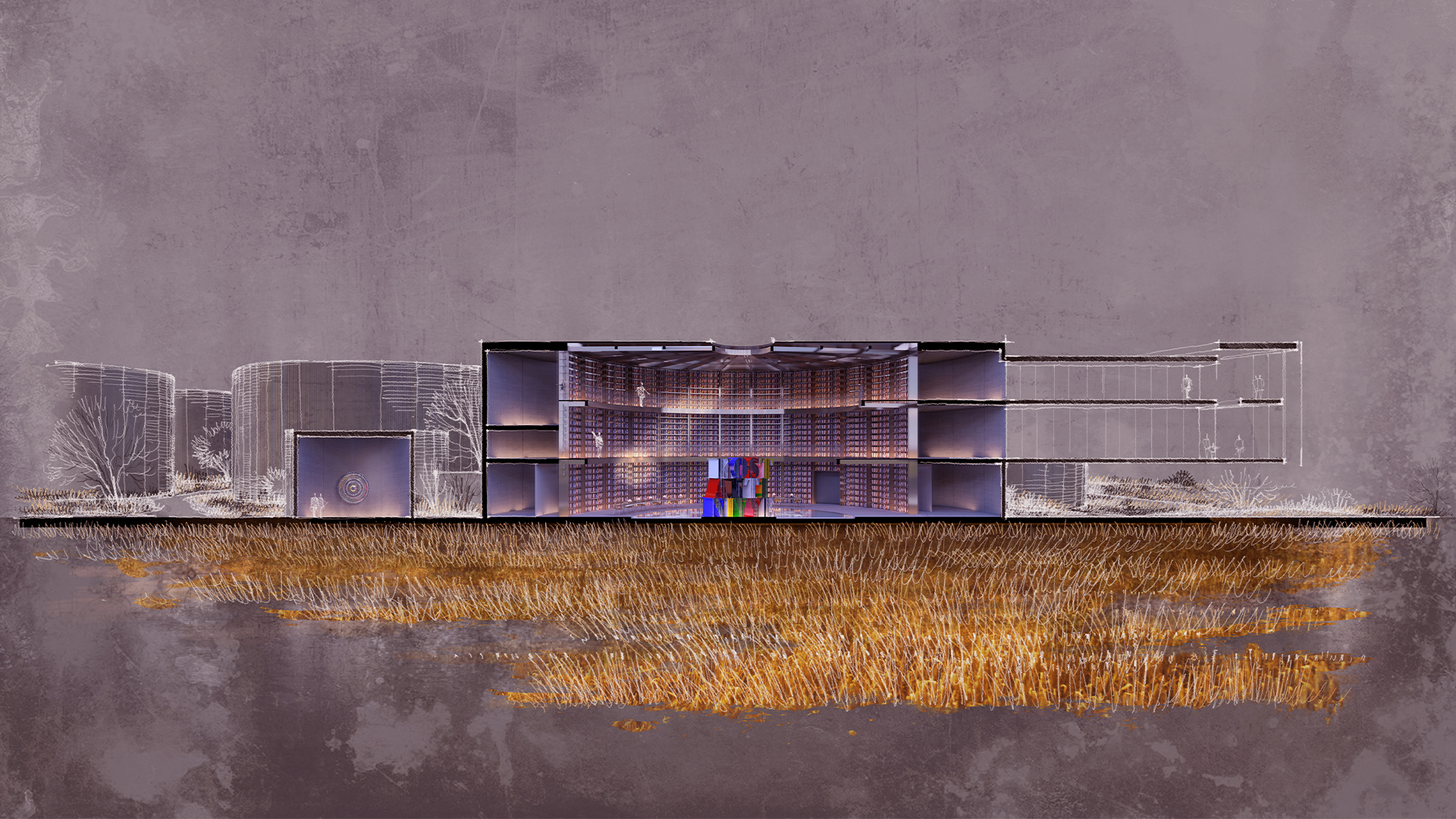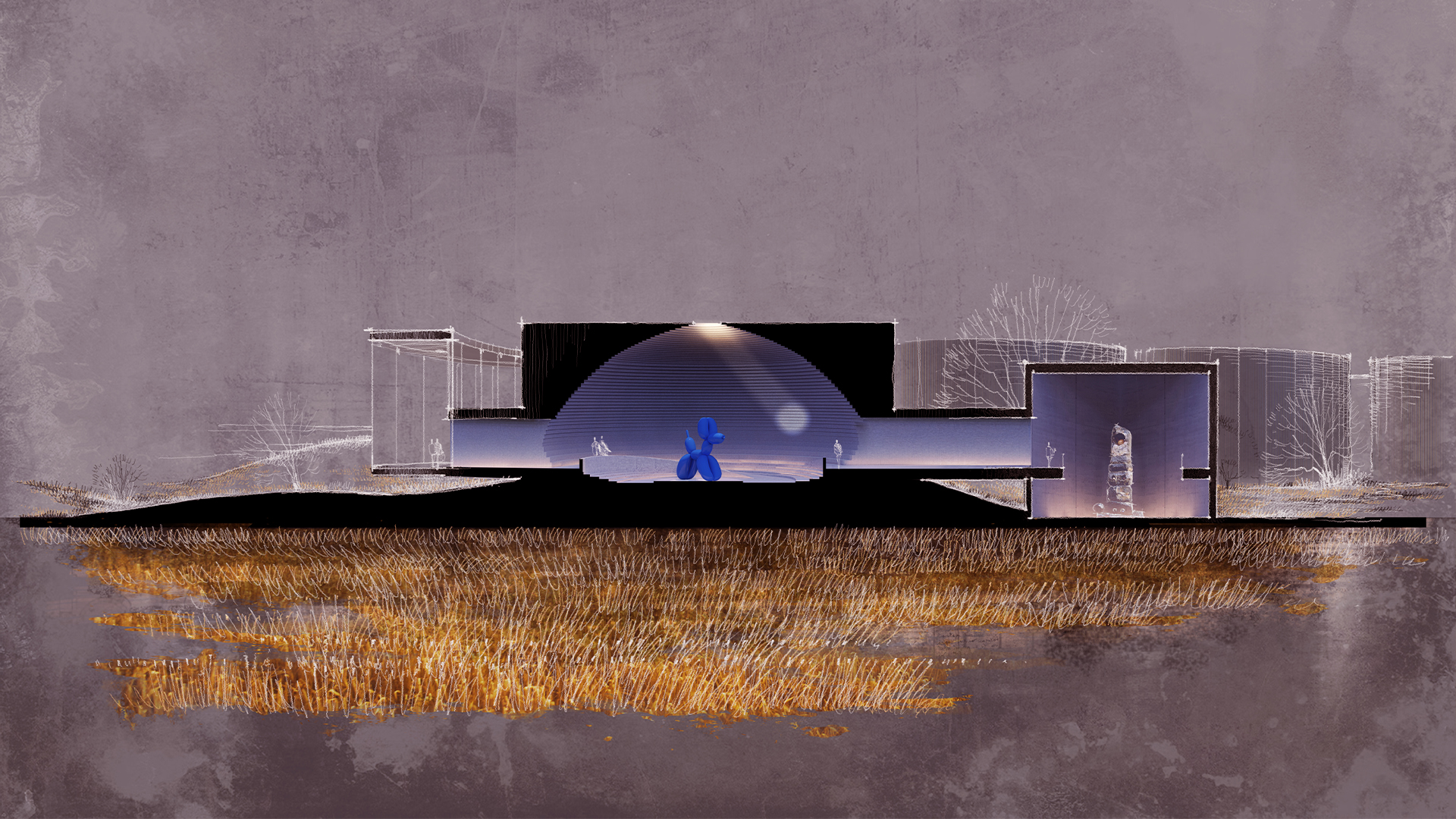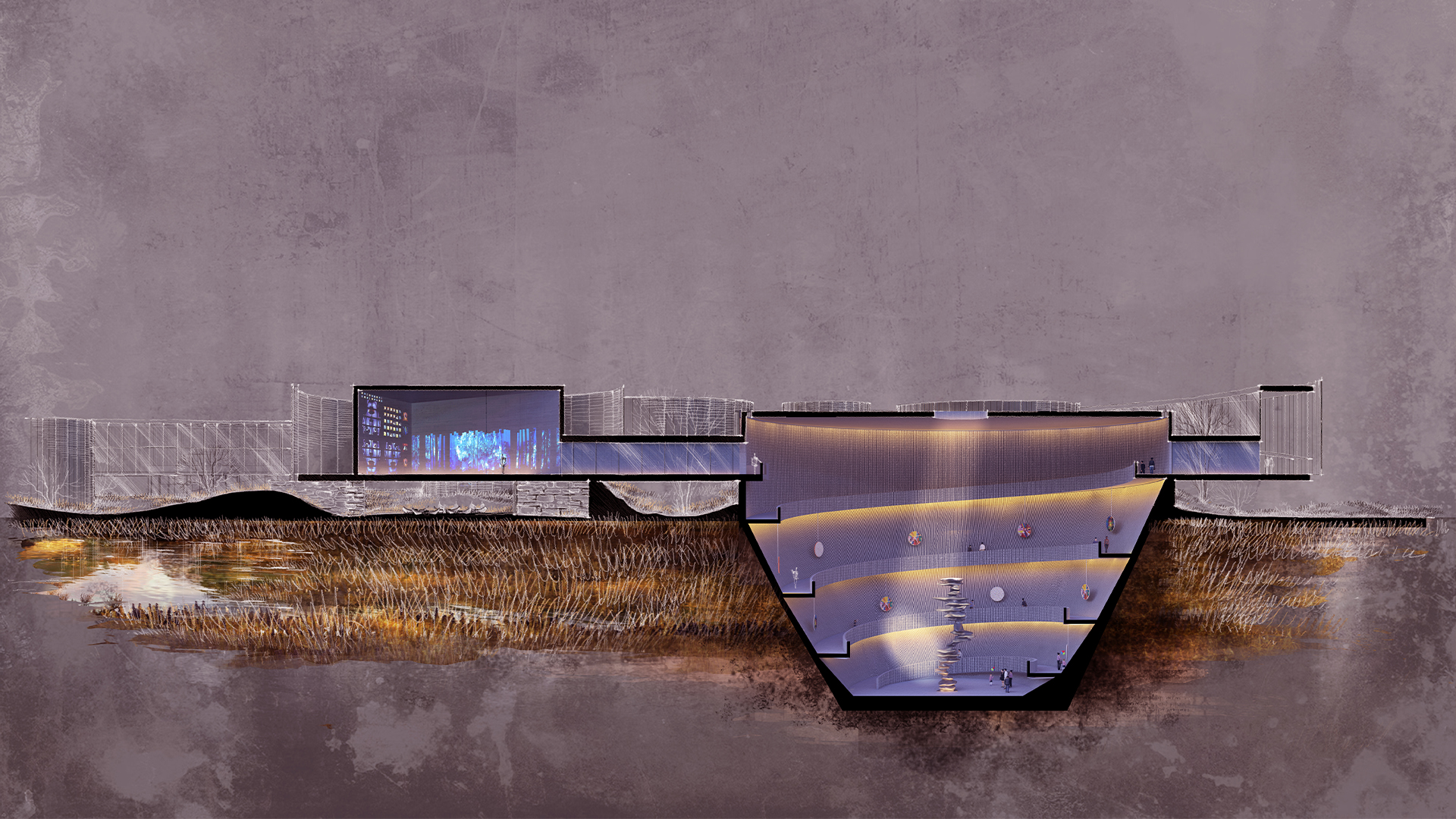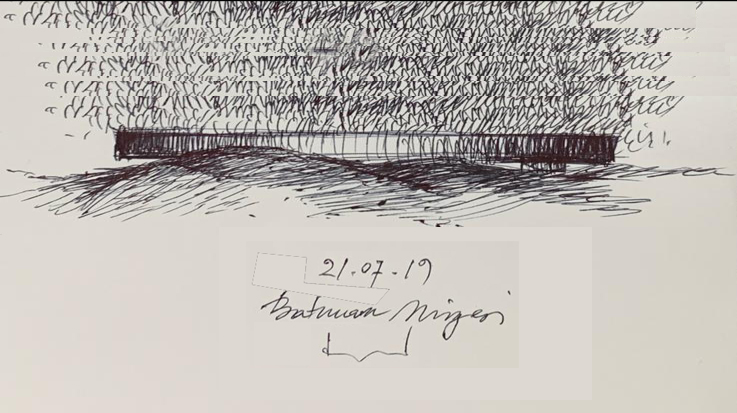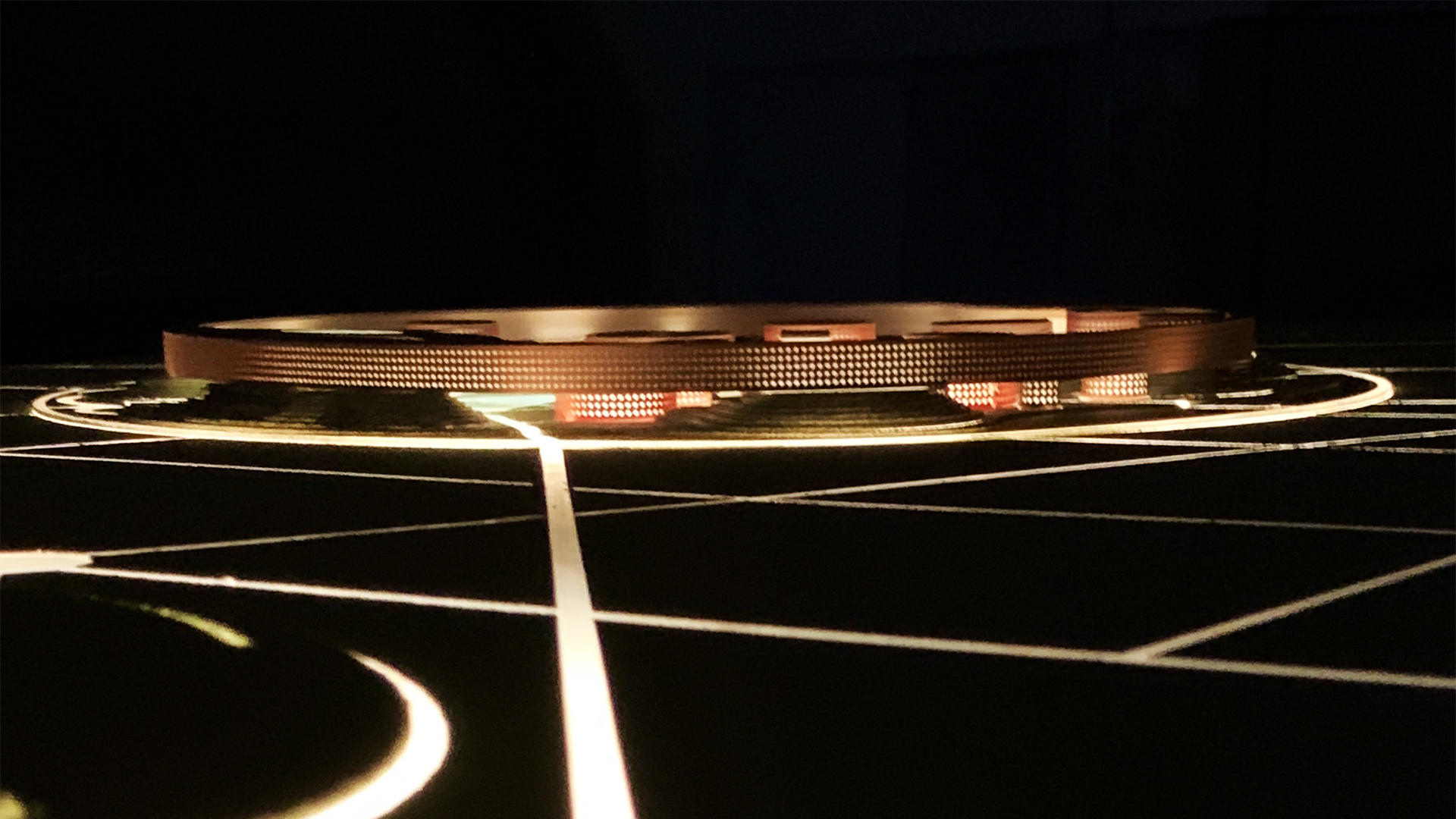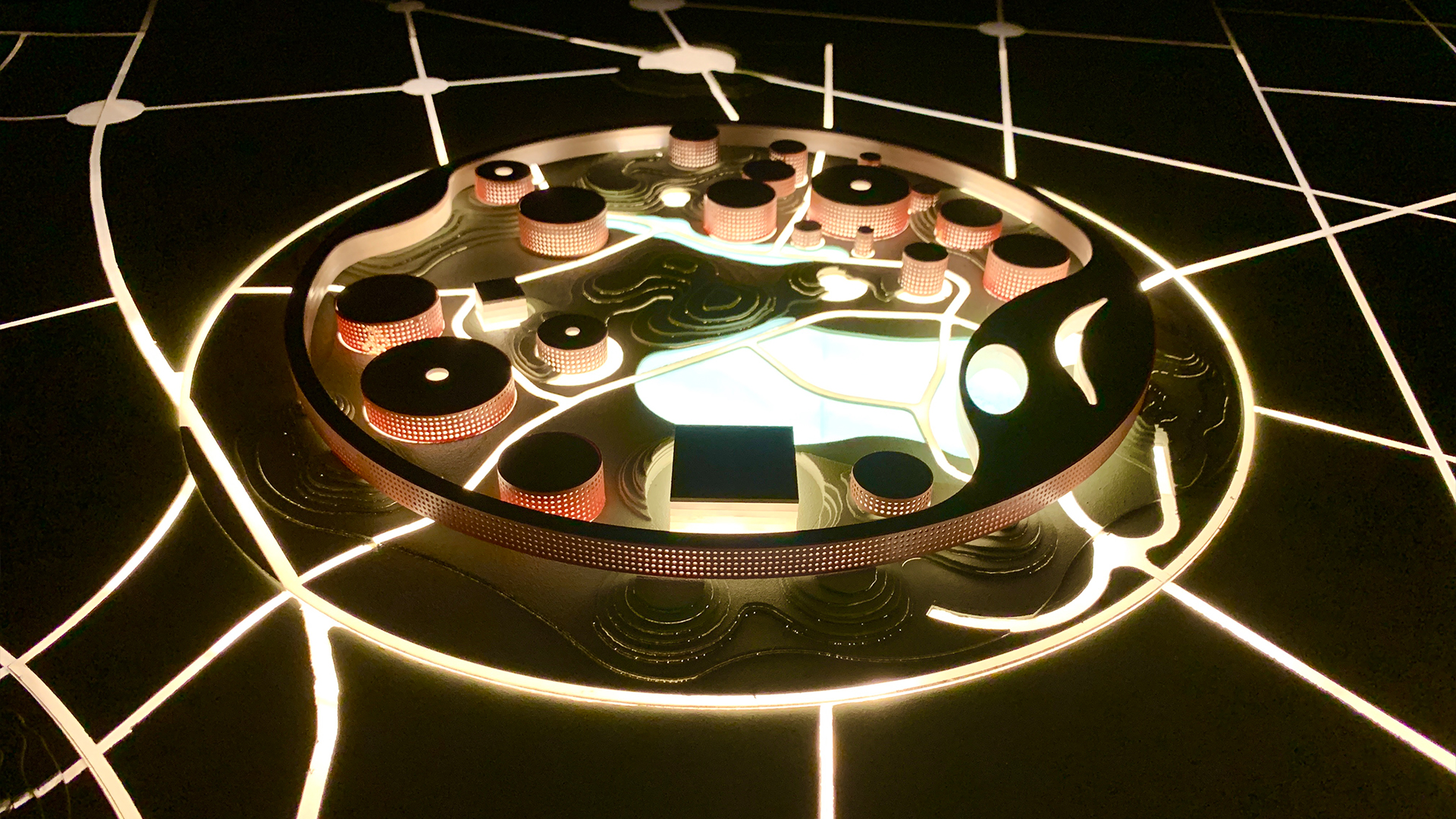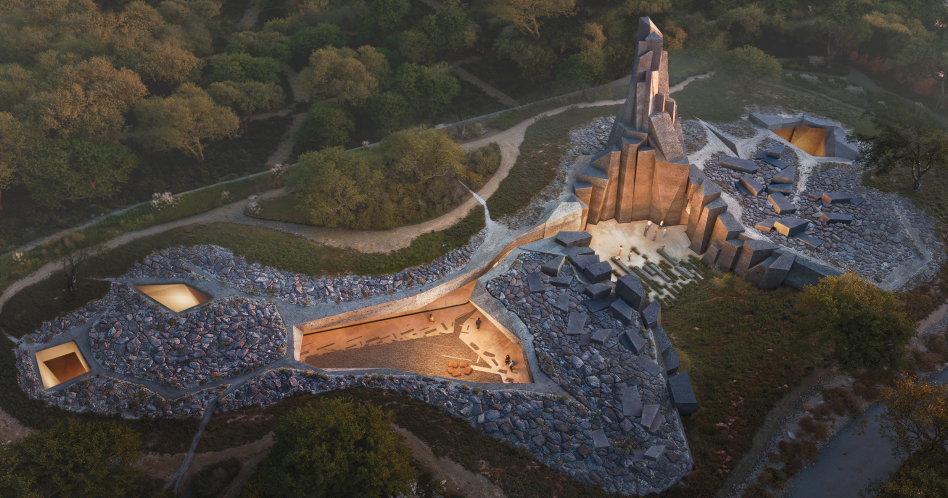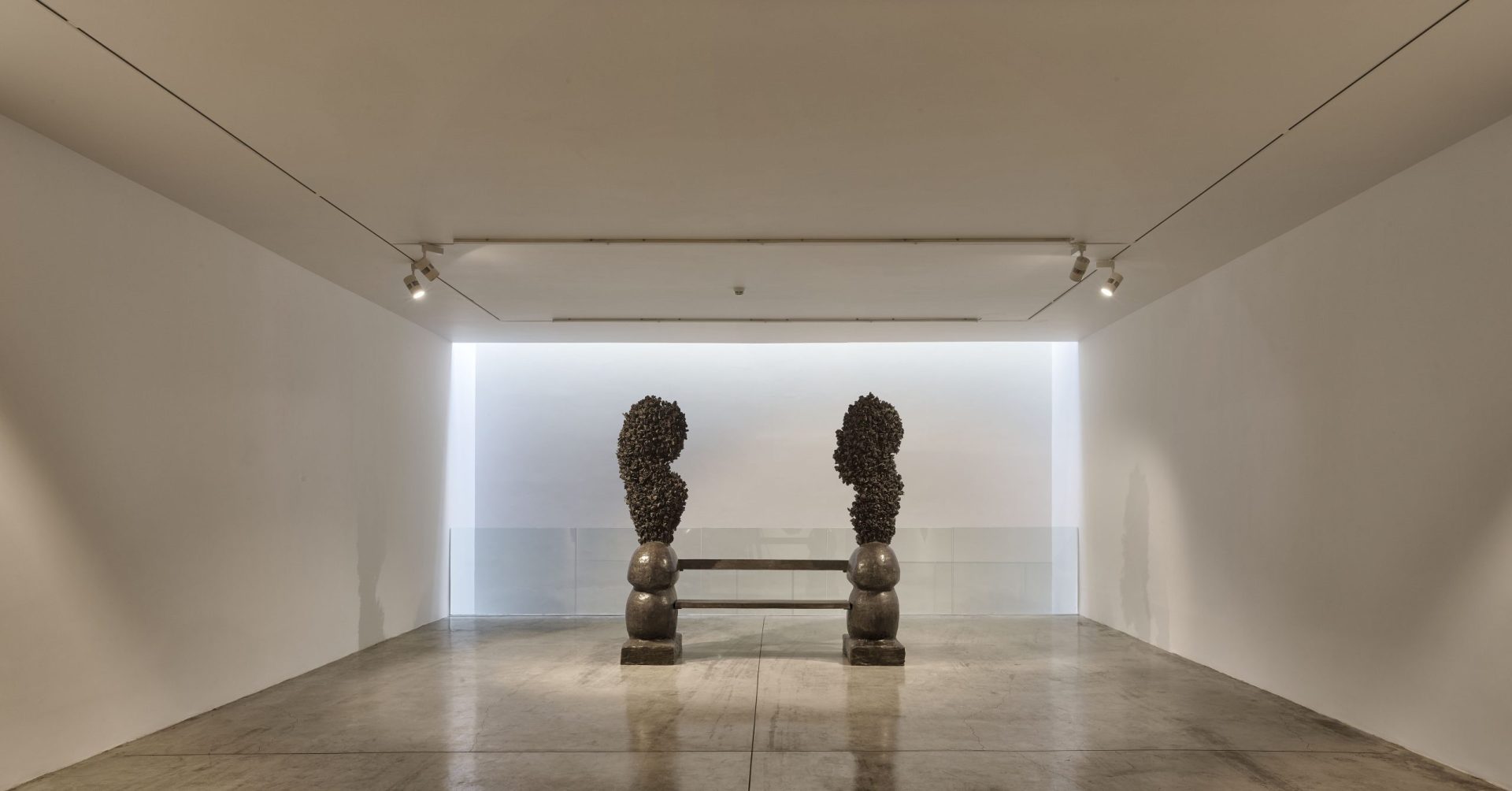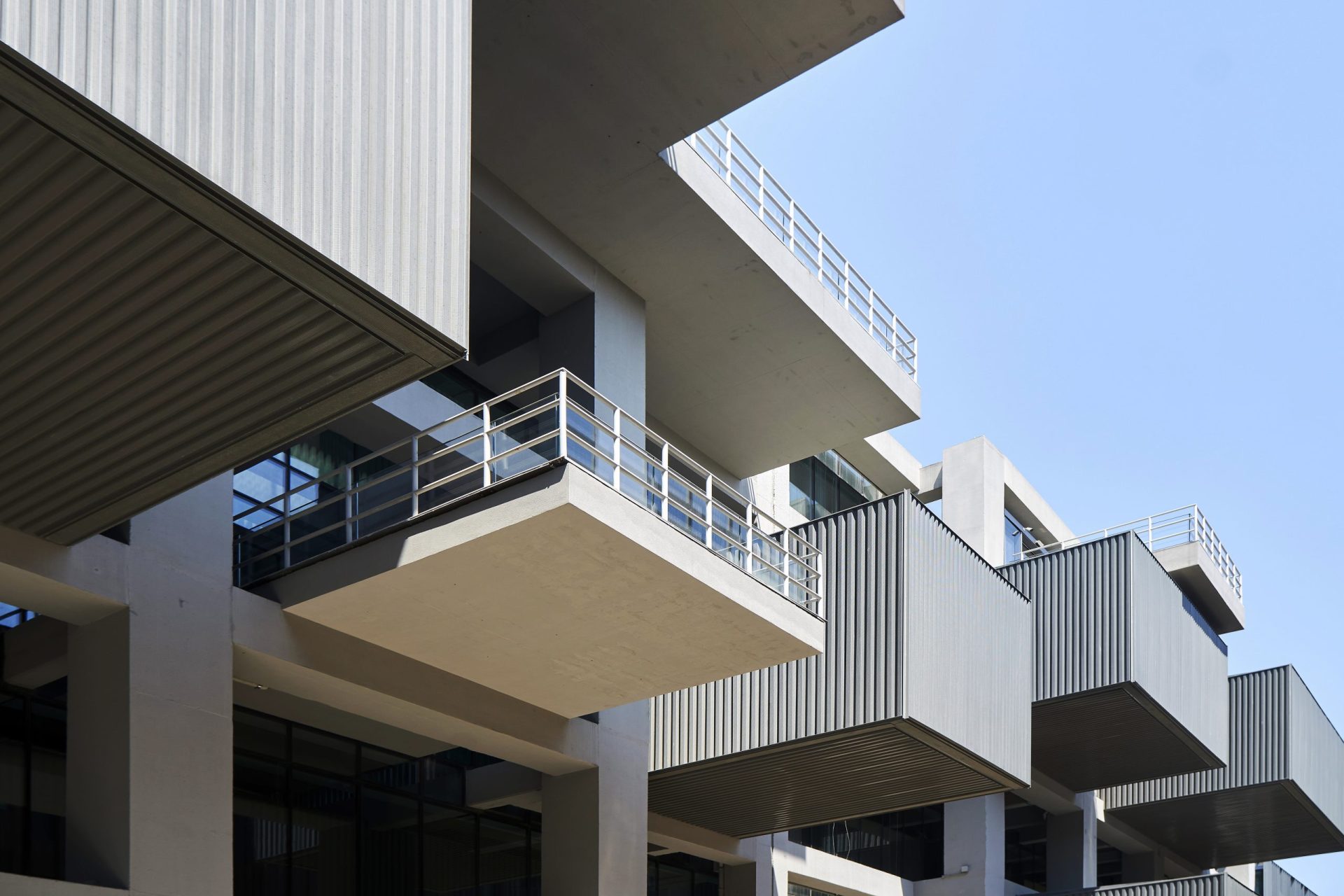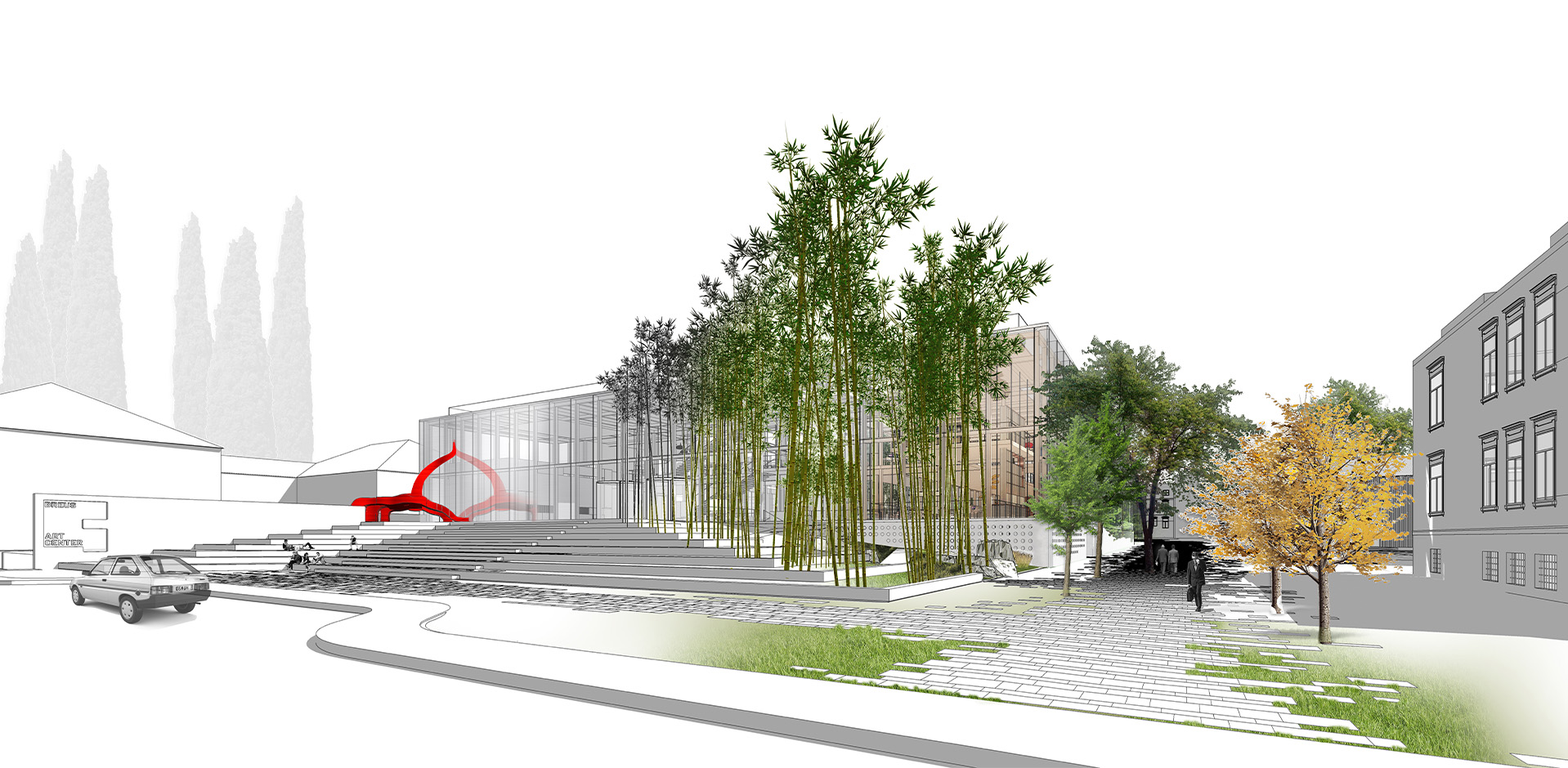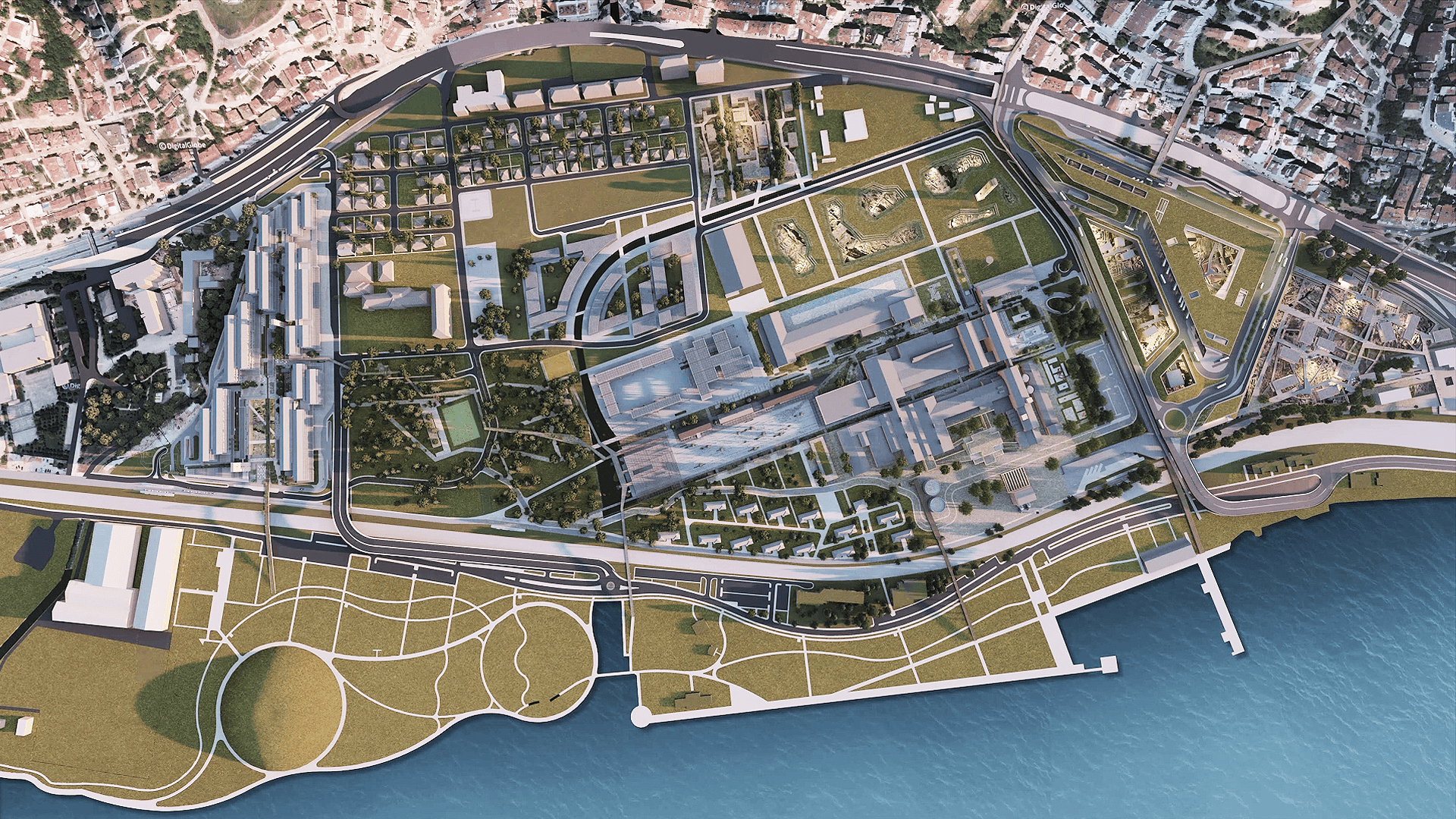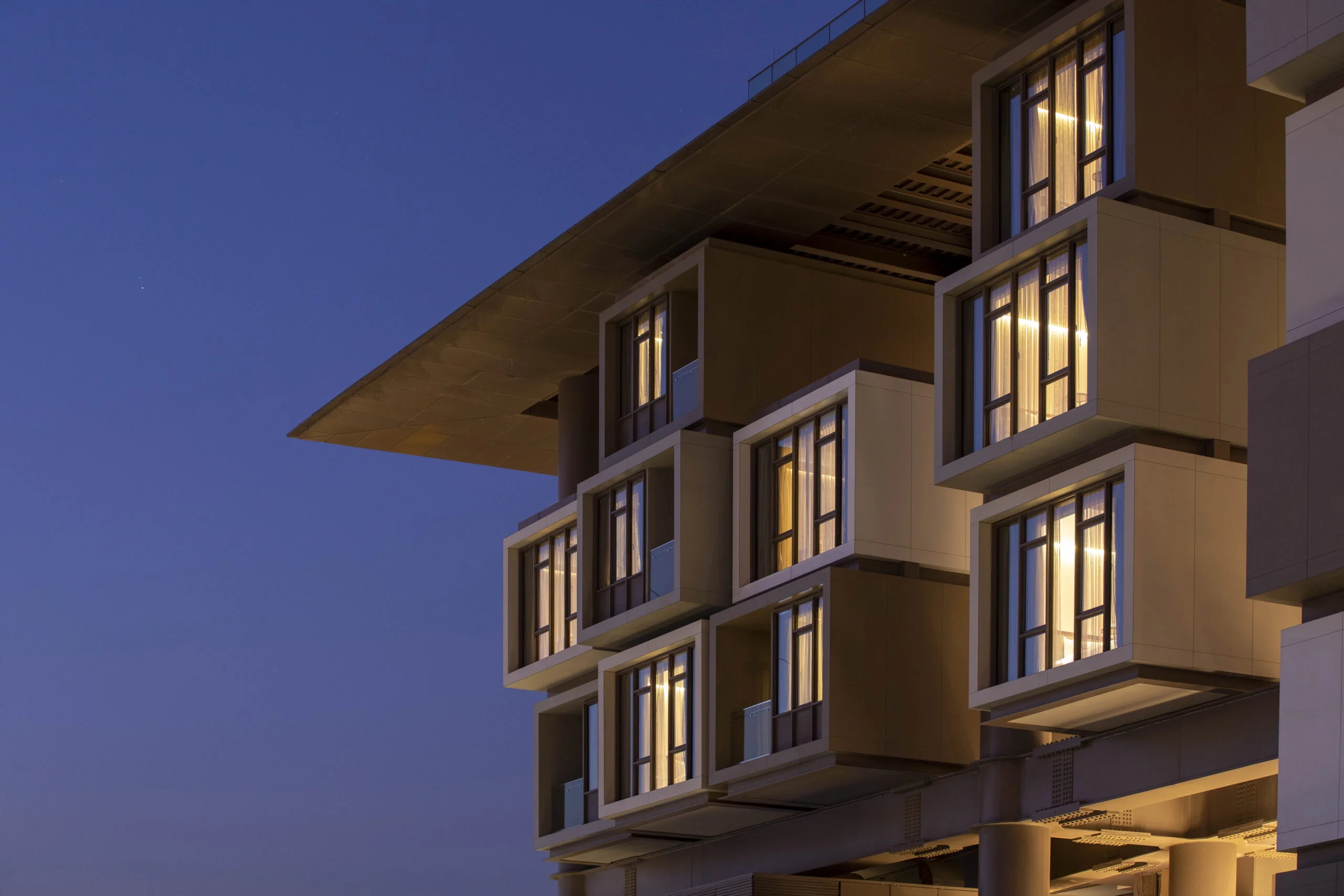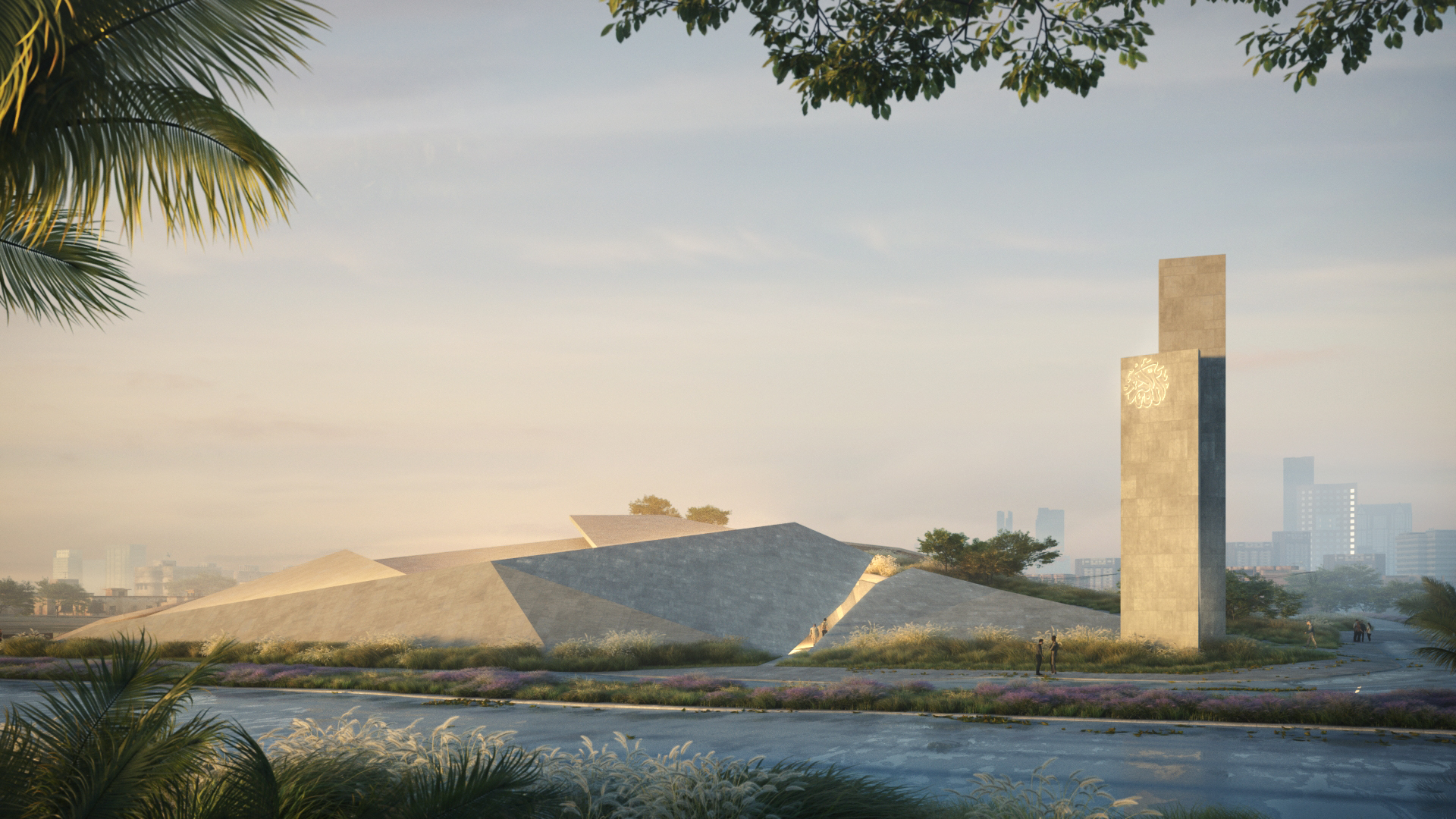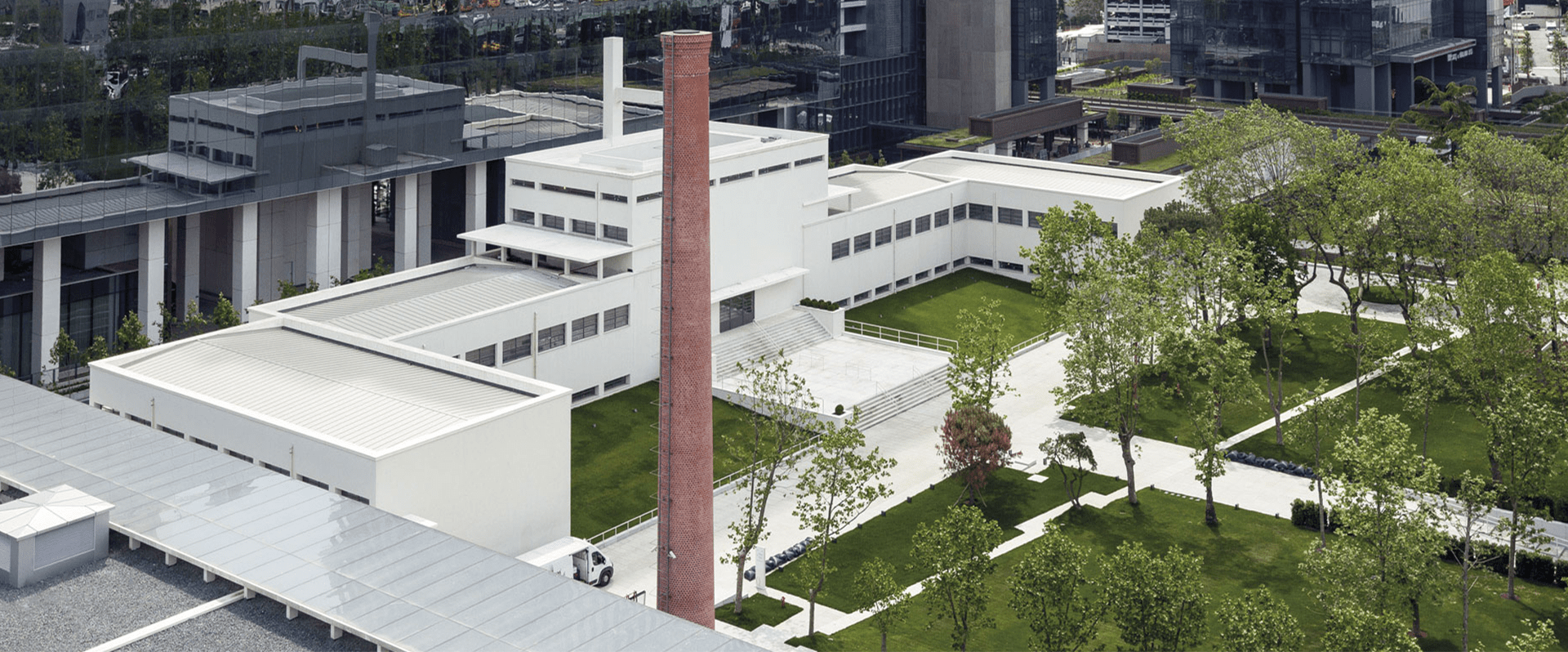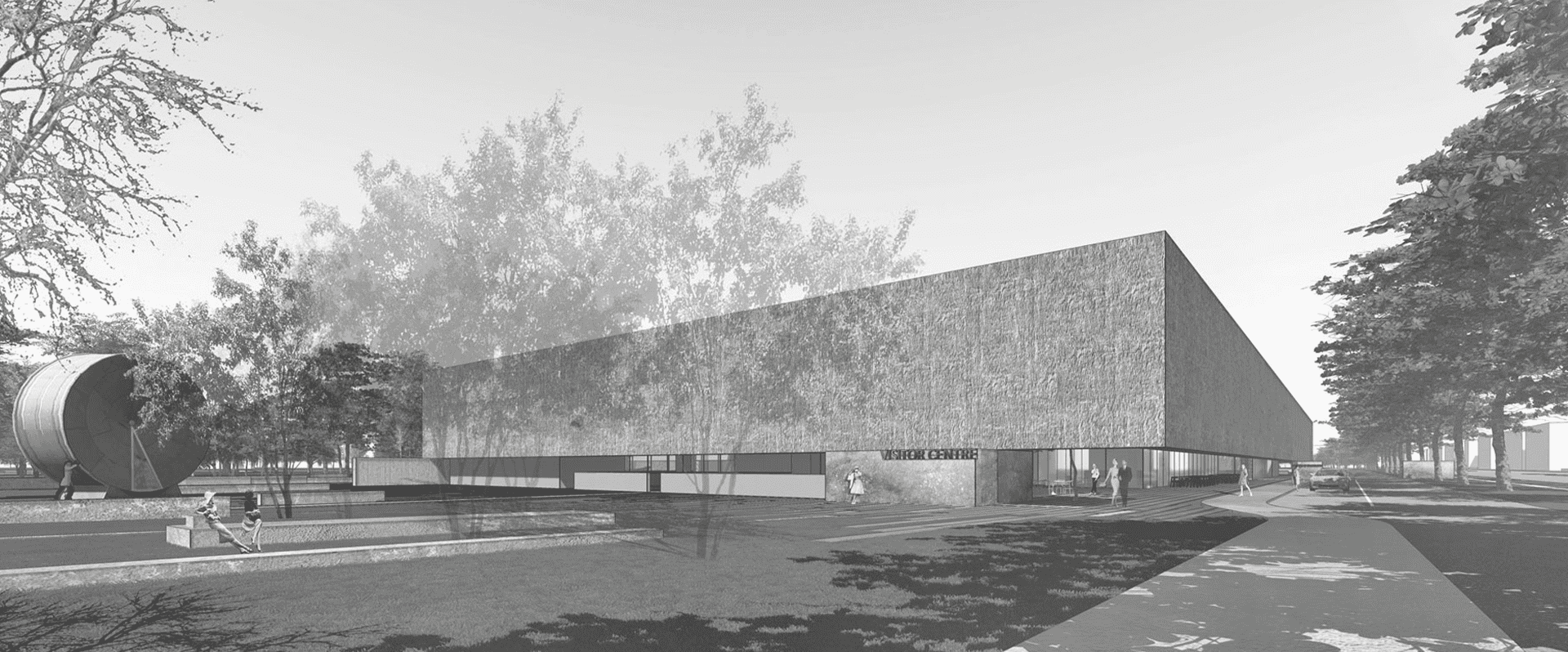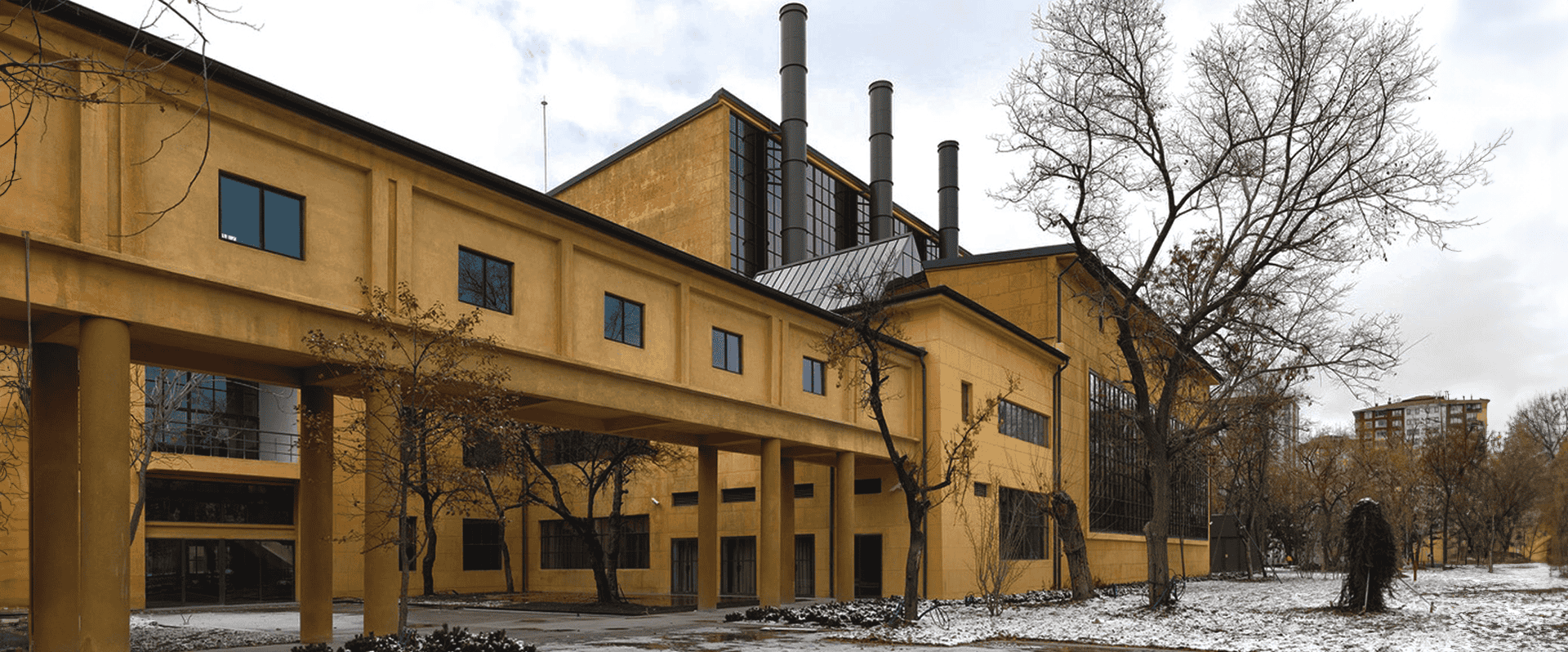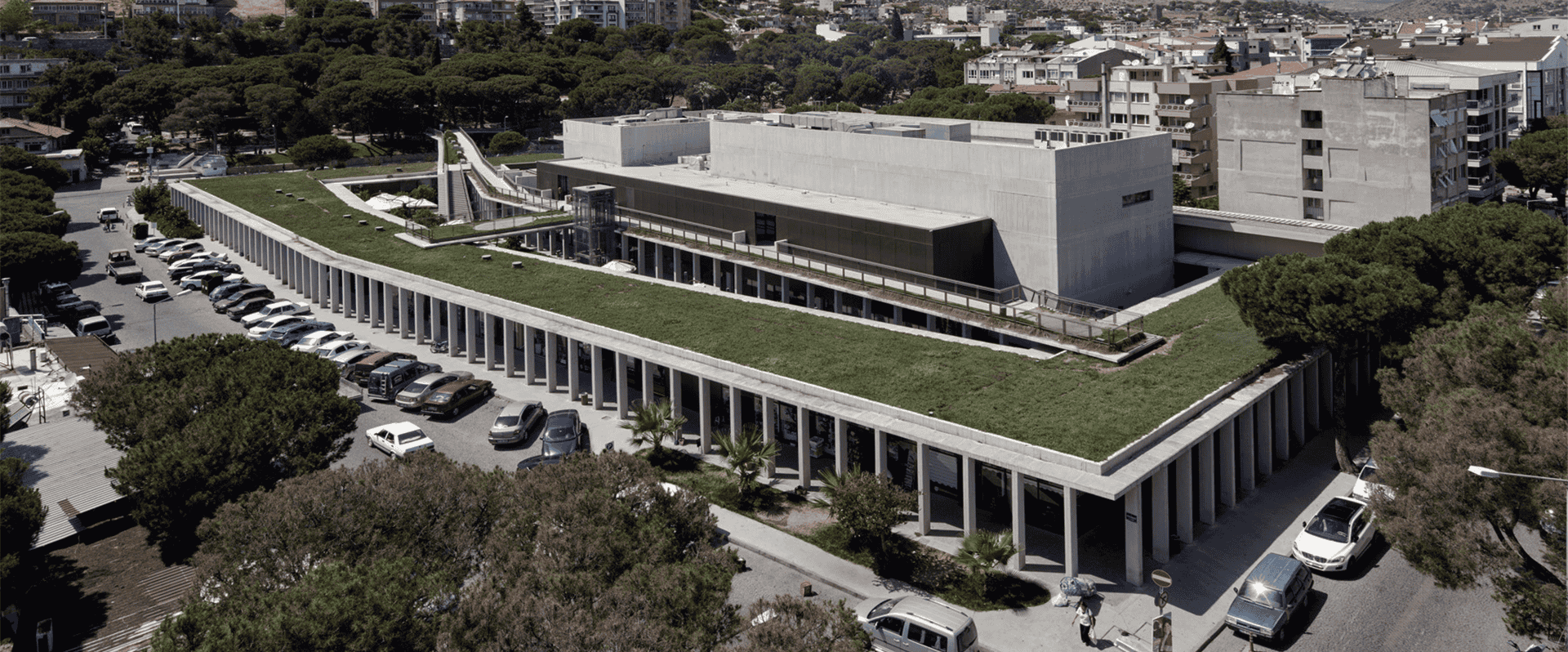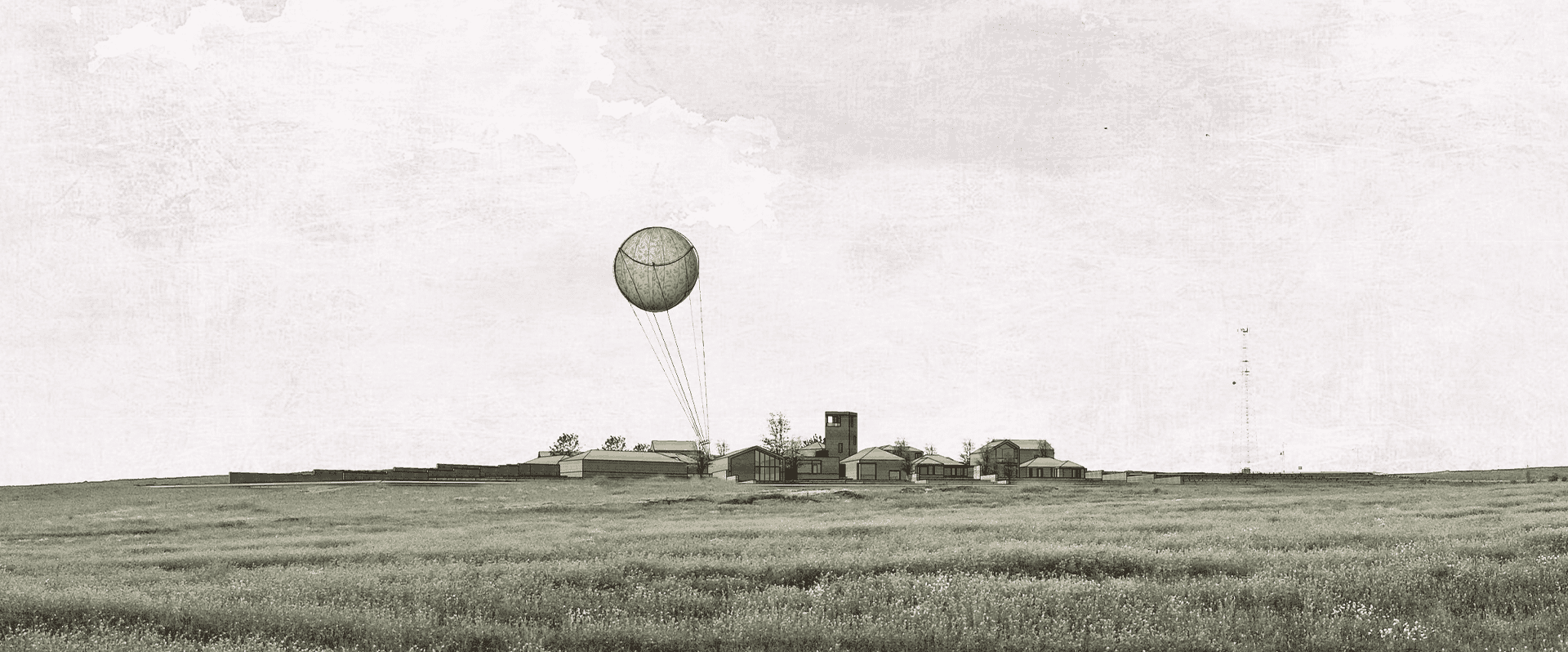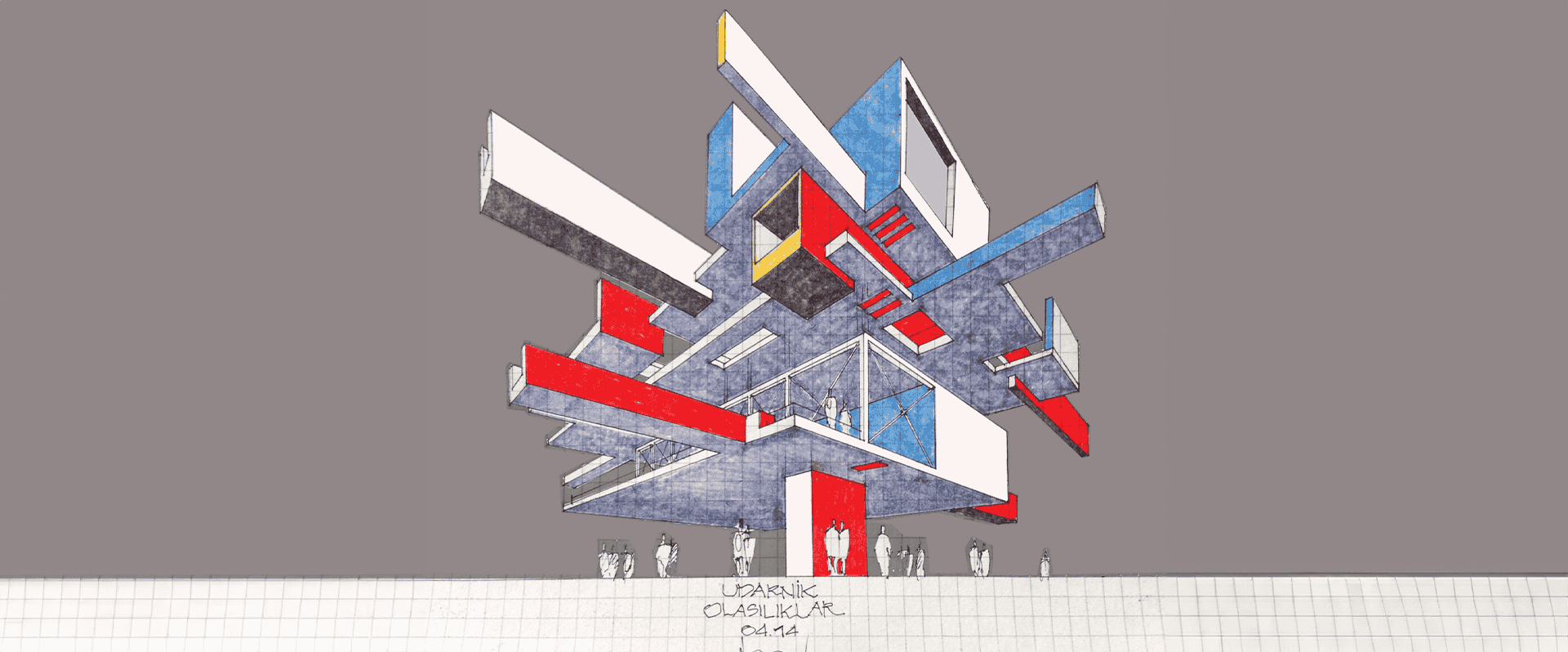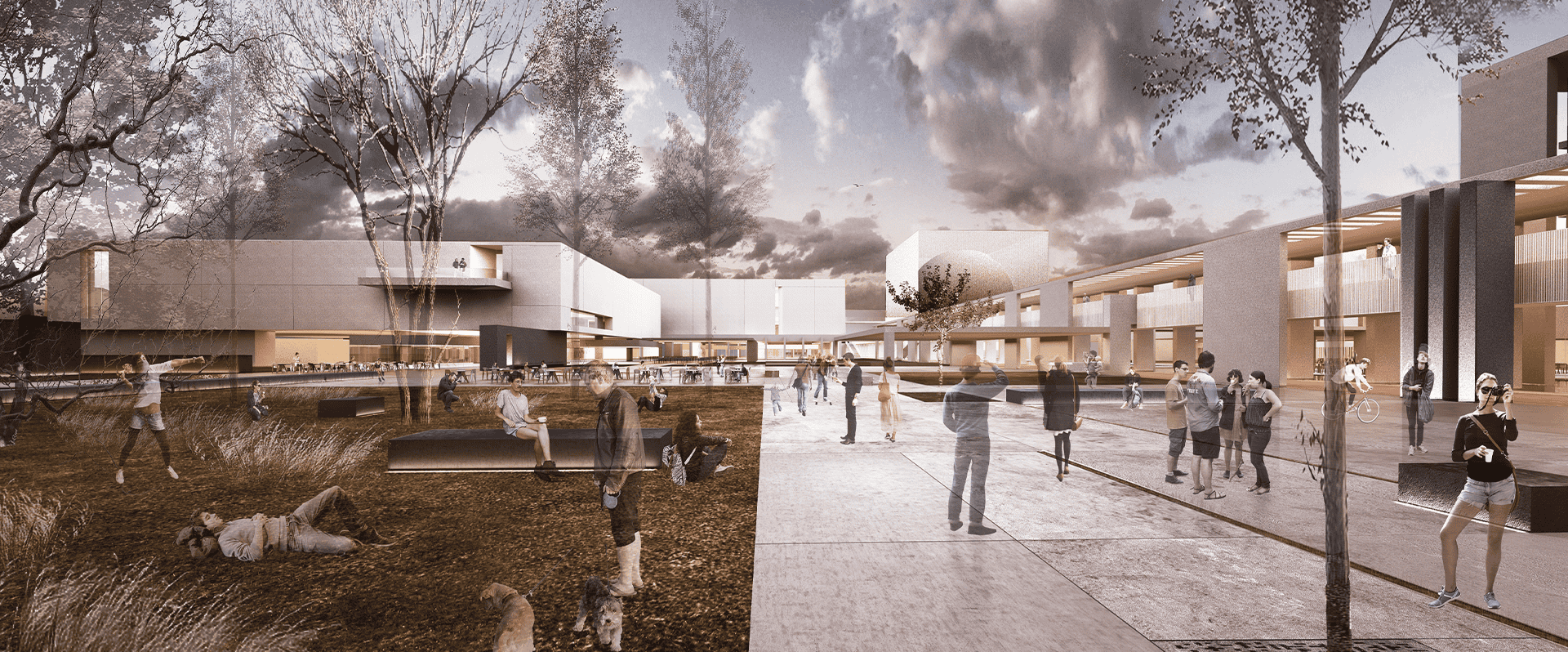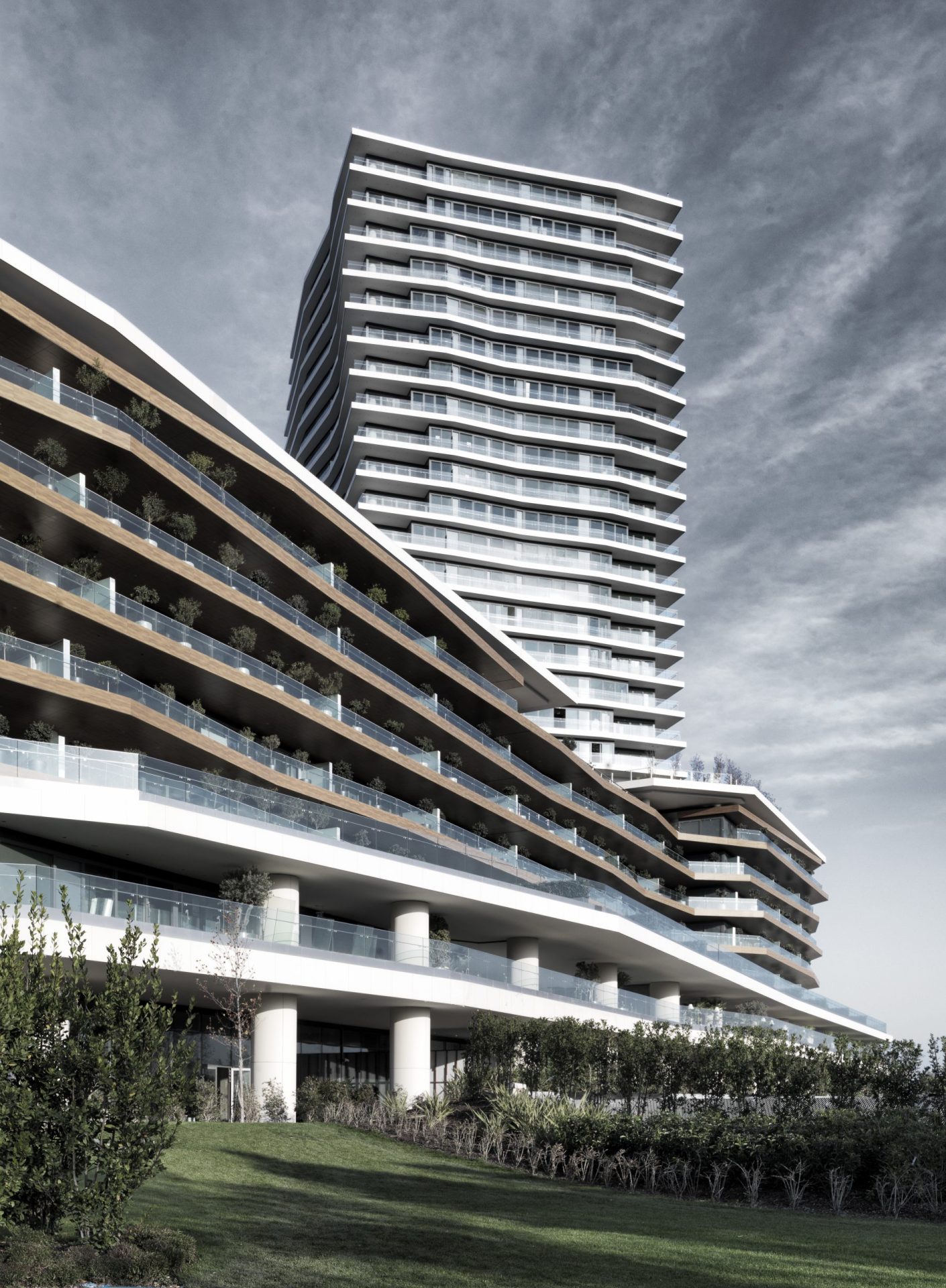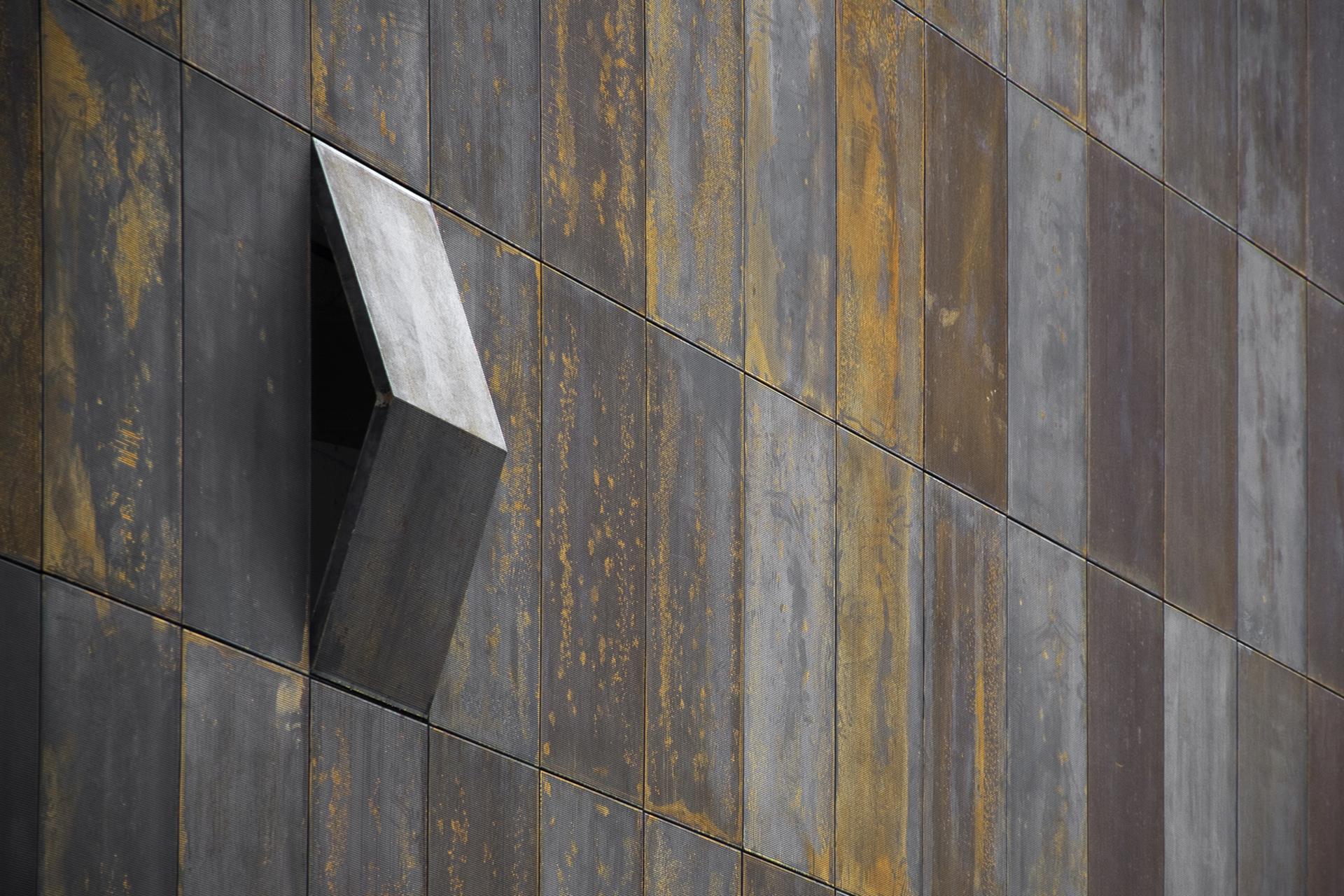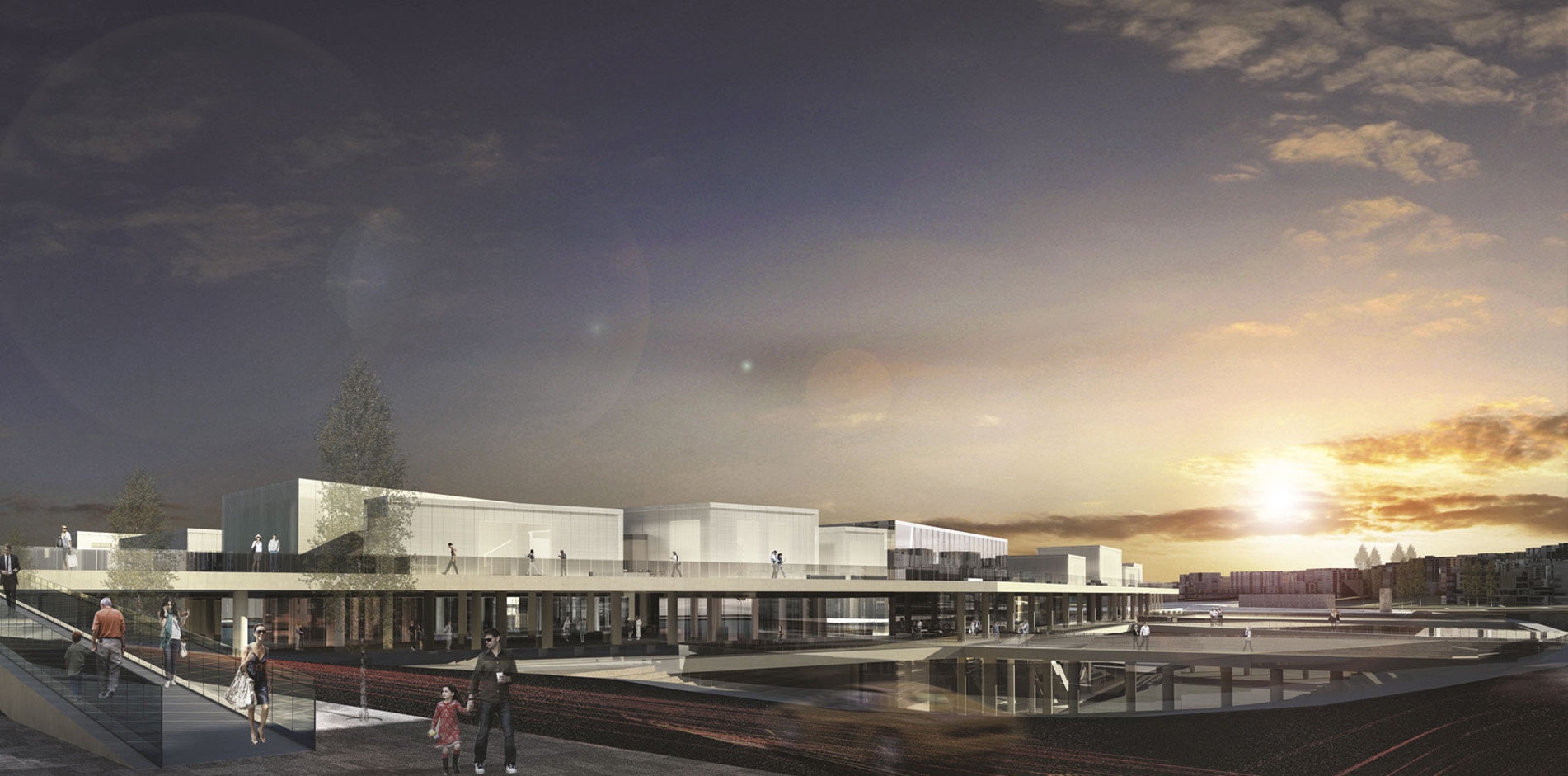In the concept design phase as this book went to press, this 25,520-square meter museum is located in southwestern Anatolia, where the Kurdish artist Ahmet Gunestekin was born in 1966. The large green site near the Batman River, is close to the airport and is approached from a main road that can be defined as the gateway to the city, although the district is still essentially undeveloped. With the construction of the new museum, the area will become an important destination for city residents.
In this context, the new museum appears as a kind of land art intervention rather than a conventional building. The fragmented interior design offers a series of unexpected spaces. The complex is composed of exhibition galleries, a library, an auditorium, a restaurant and café along with a museum shop and additional retail units. The exterior circulation ring allows visitors to take in the almost rural feeling of the site while going in and out of the different spaces. The ground floor is completely porous and open to the public with the restaurant, café and retail units aiming to become a point of attraction for users.
The building uses an architectural language that is related to the idea of a refinery, a feature that is intrinsic to the economic profile of Batman. This is a mostly industrial language that is transformed in each exhibition space according to its specificities. This transformation is also reflected in the materiality of the design. Within the exhibition areas, the materials are more robust or affirmative, providing a background for the works of Ahmet Gunestekin exhibited. Changes in interior design render every space unique while the nonetheless creating a coherent whole.



